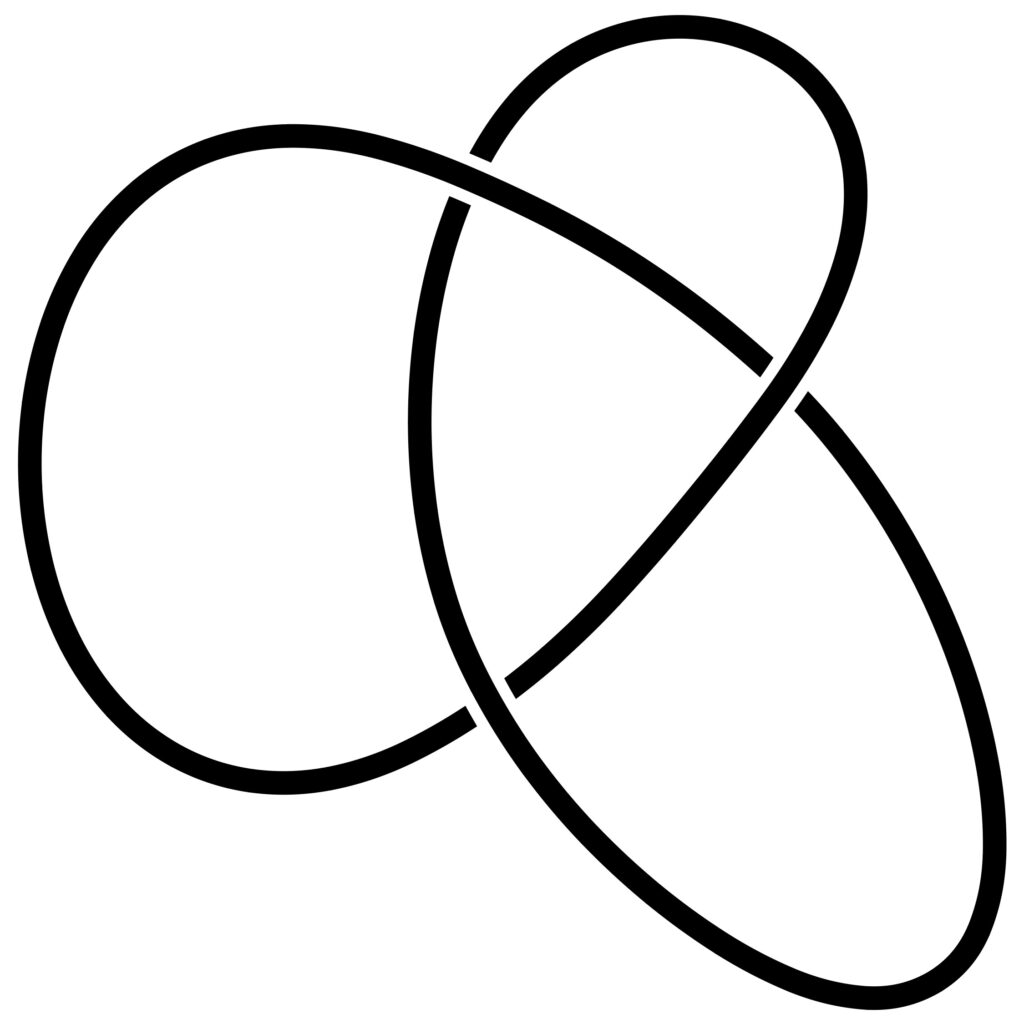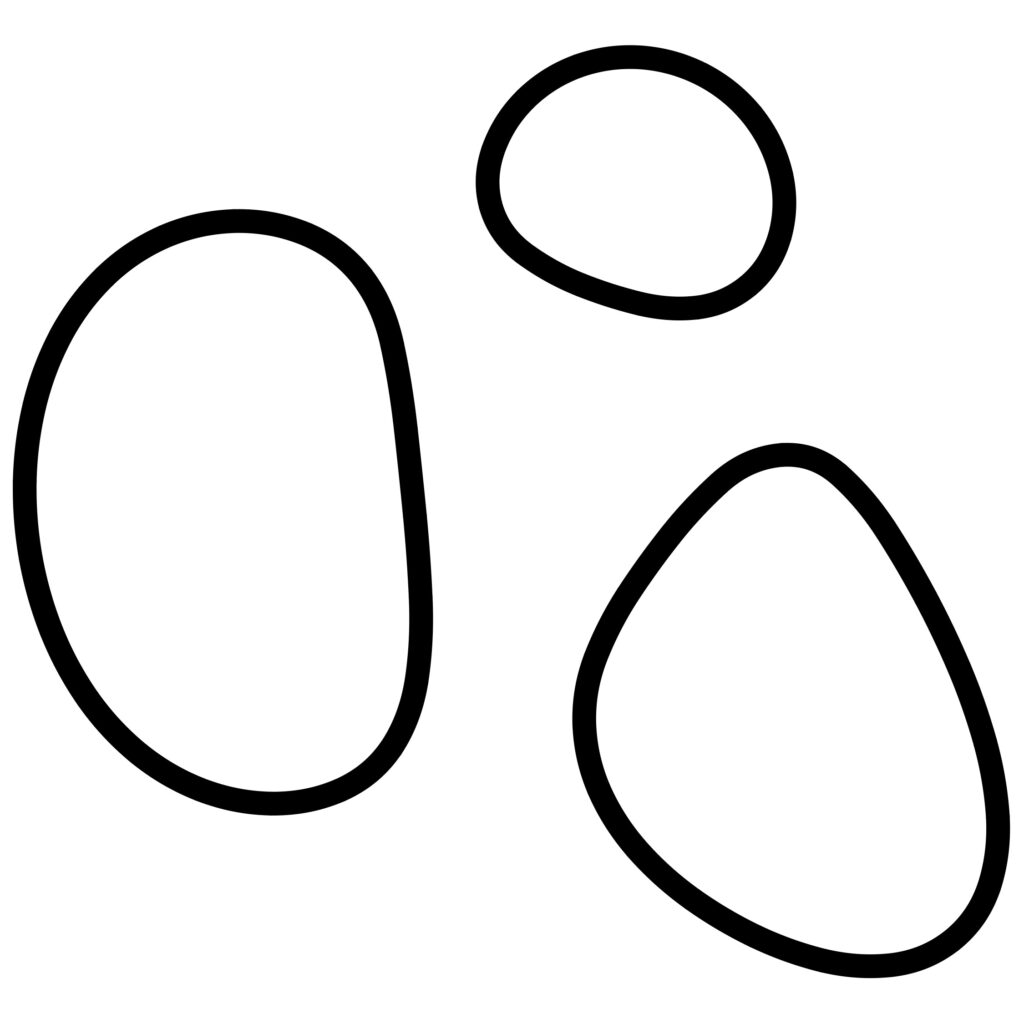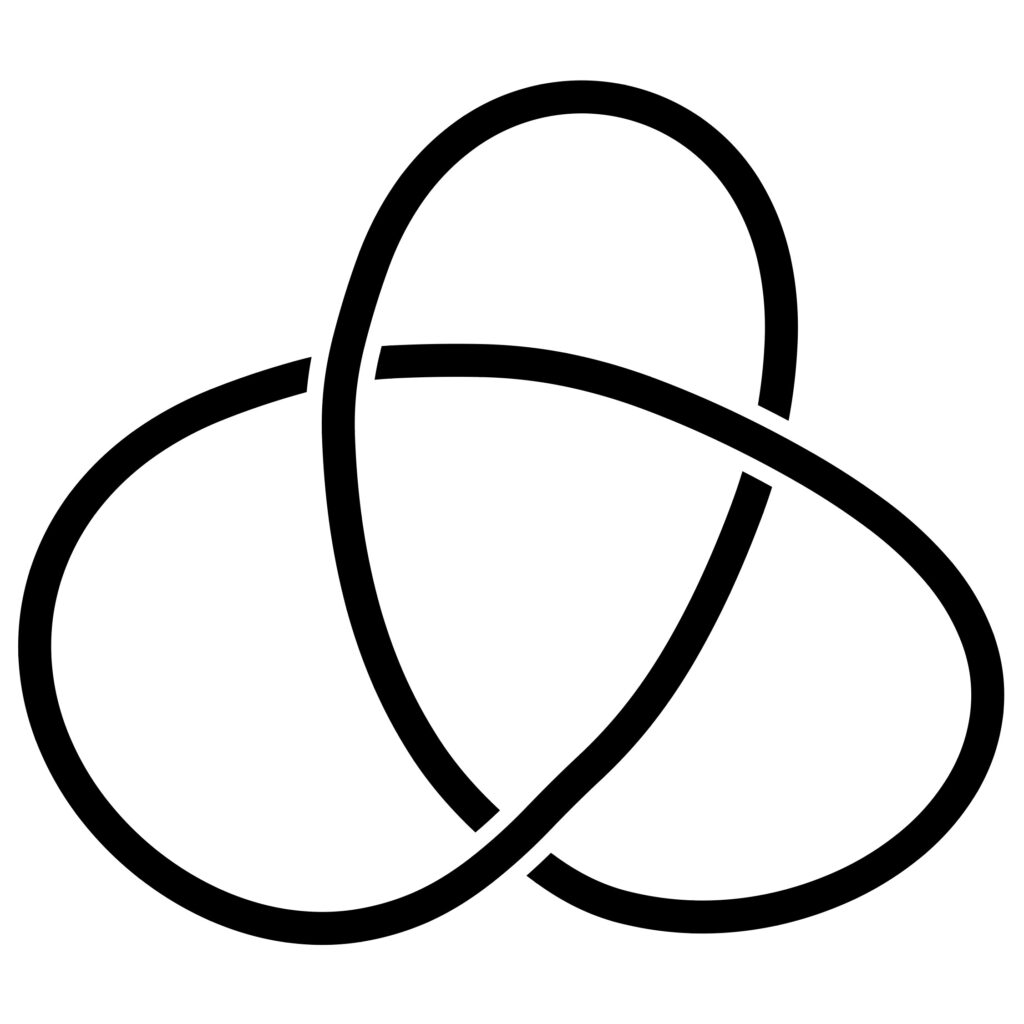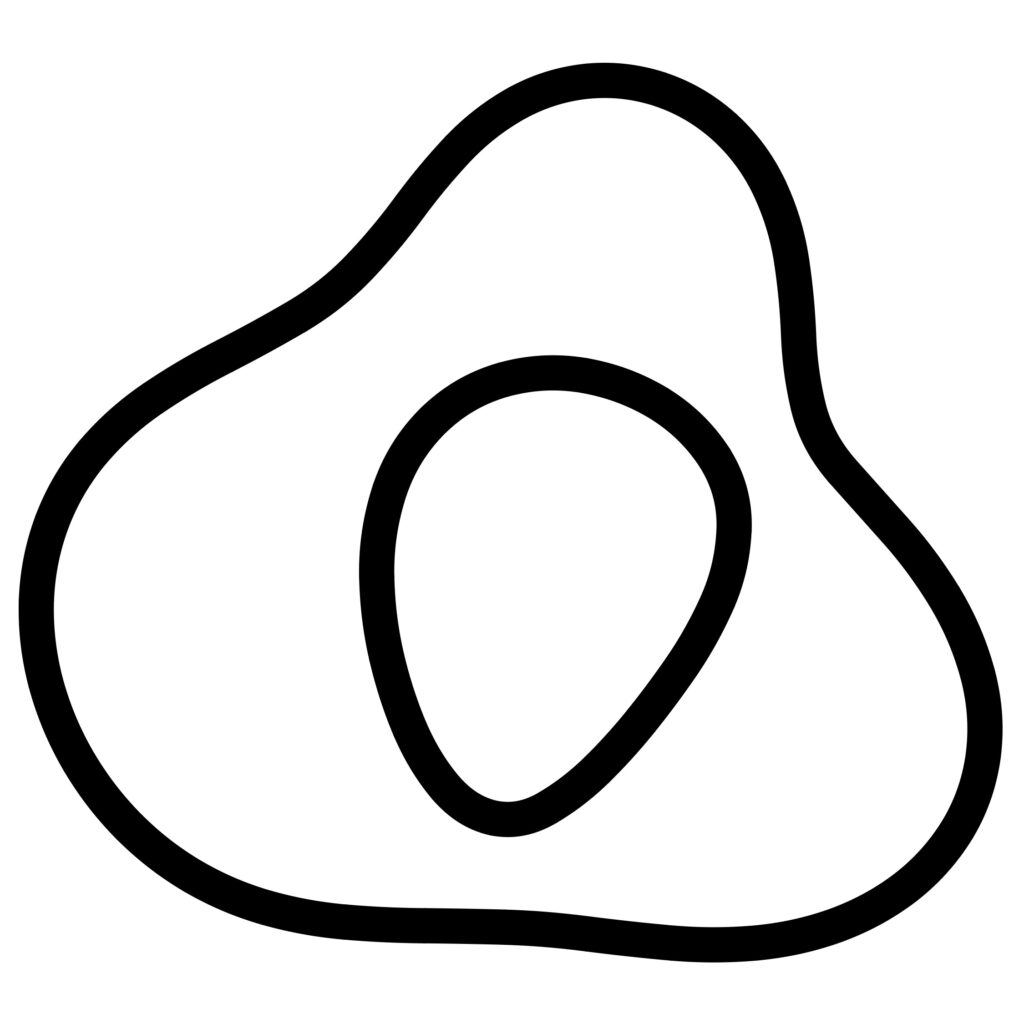Chapter 9: Planar Diagrams
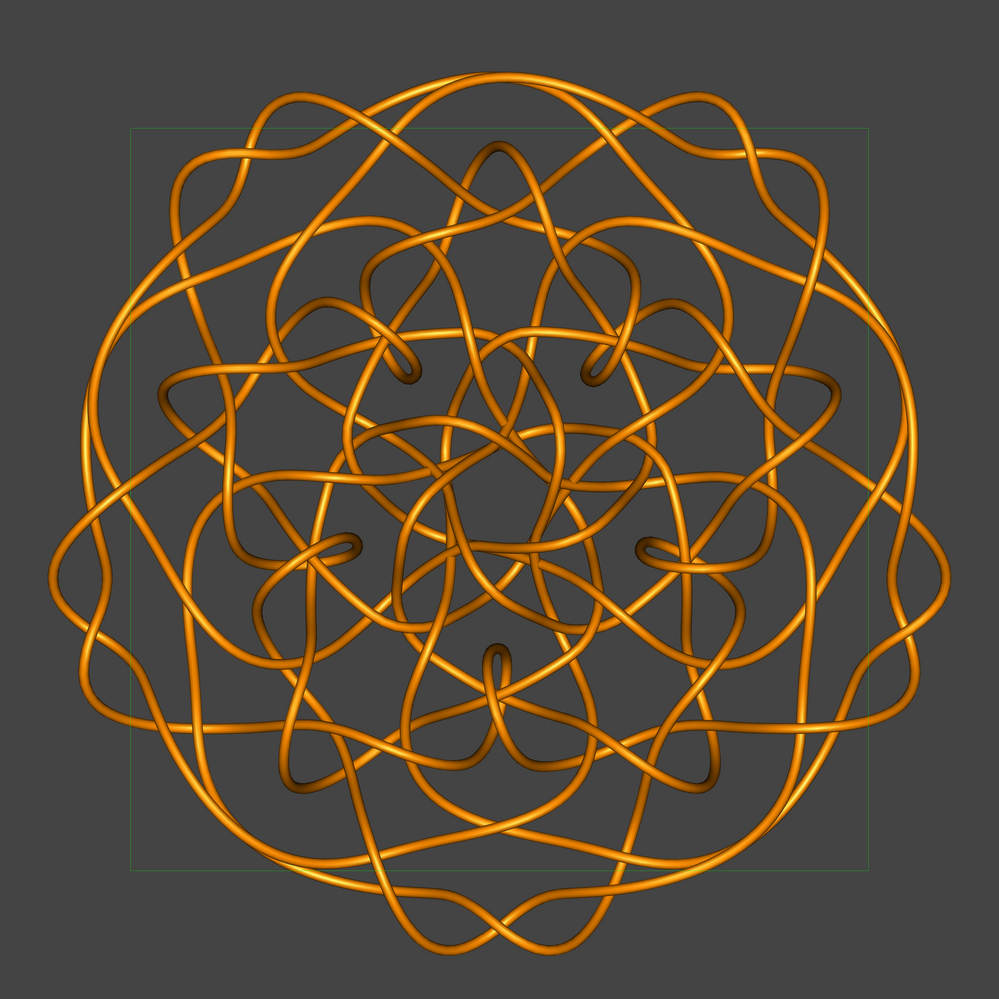
To this point, all of our pictures have been of knots and links in three dimensions, which is natural because this is where they live in the real world. However, there is a long tradition of drawing knots as planar diagrams, where the string is simply a curve in the plane with some places where it appears to cross over and under itself. This is a kind of abstraction of the string. Mathematically this is a natural thing to do — it will make some things easier. However in many contexts we will still need to work in three dimensions. To the right are images of three dimensional knots and links, as well as their planar diagrams. In the second set we add a sort of intermediate step in the abstraction.
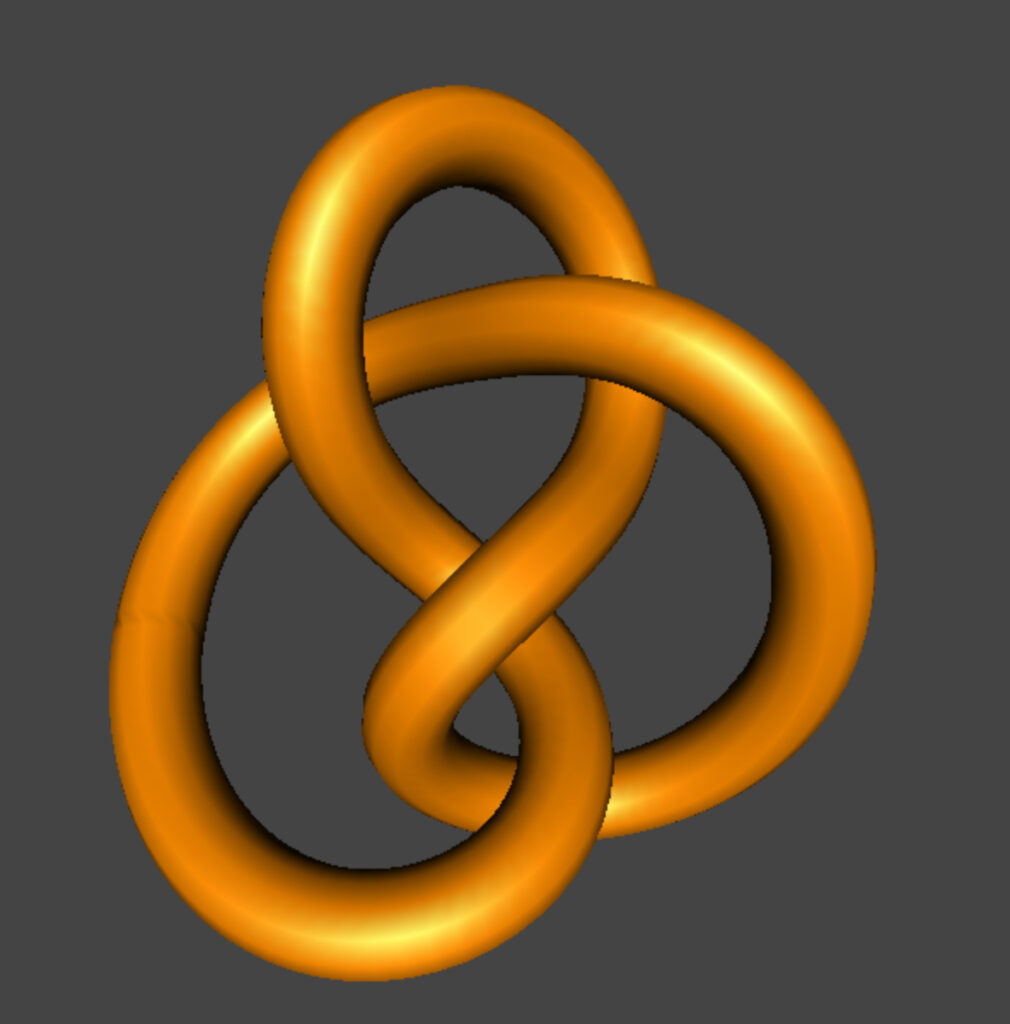
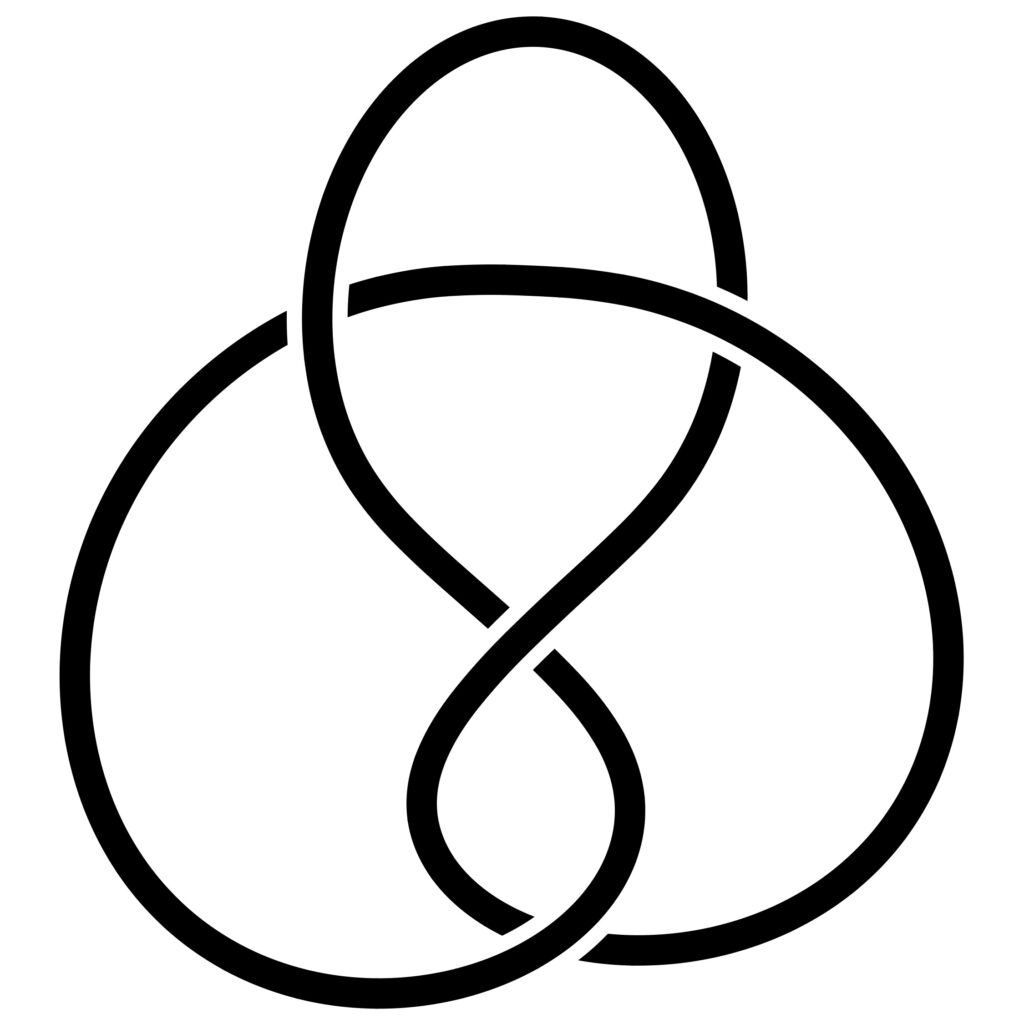
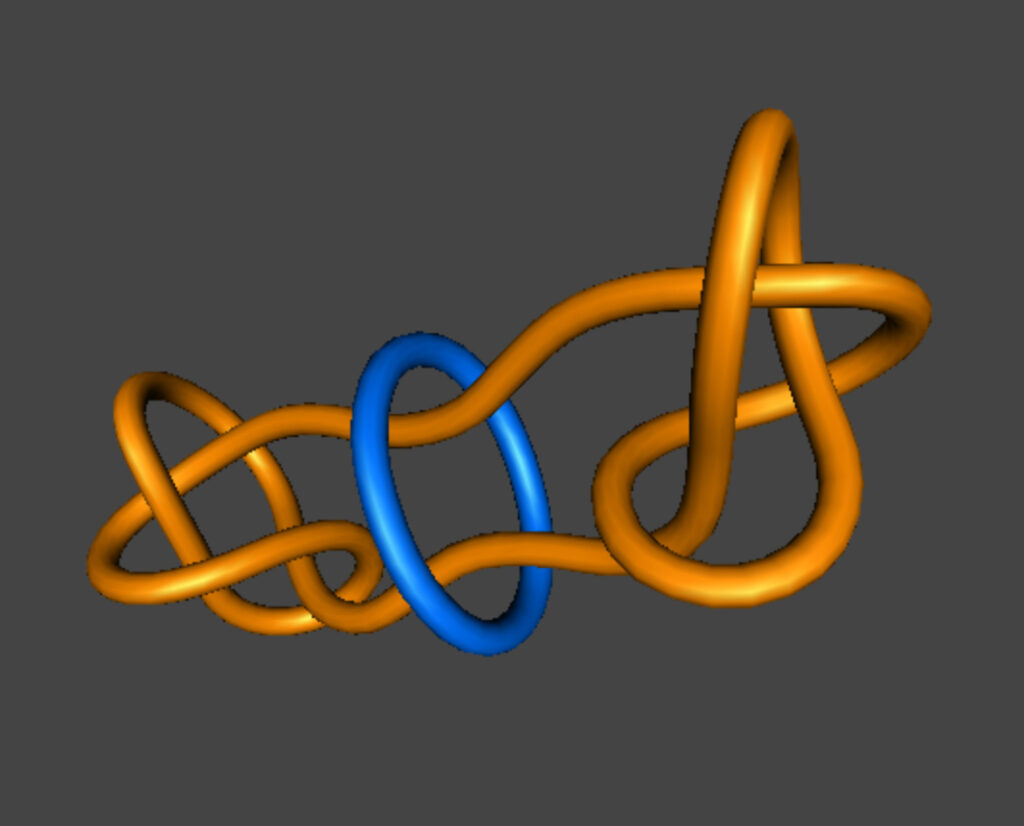
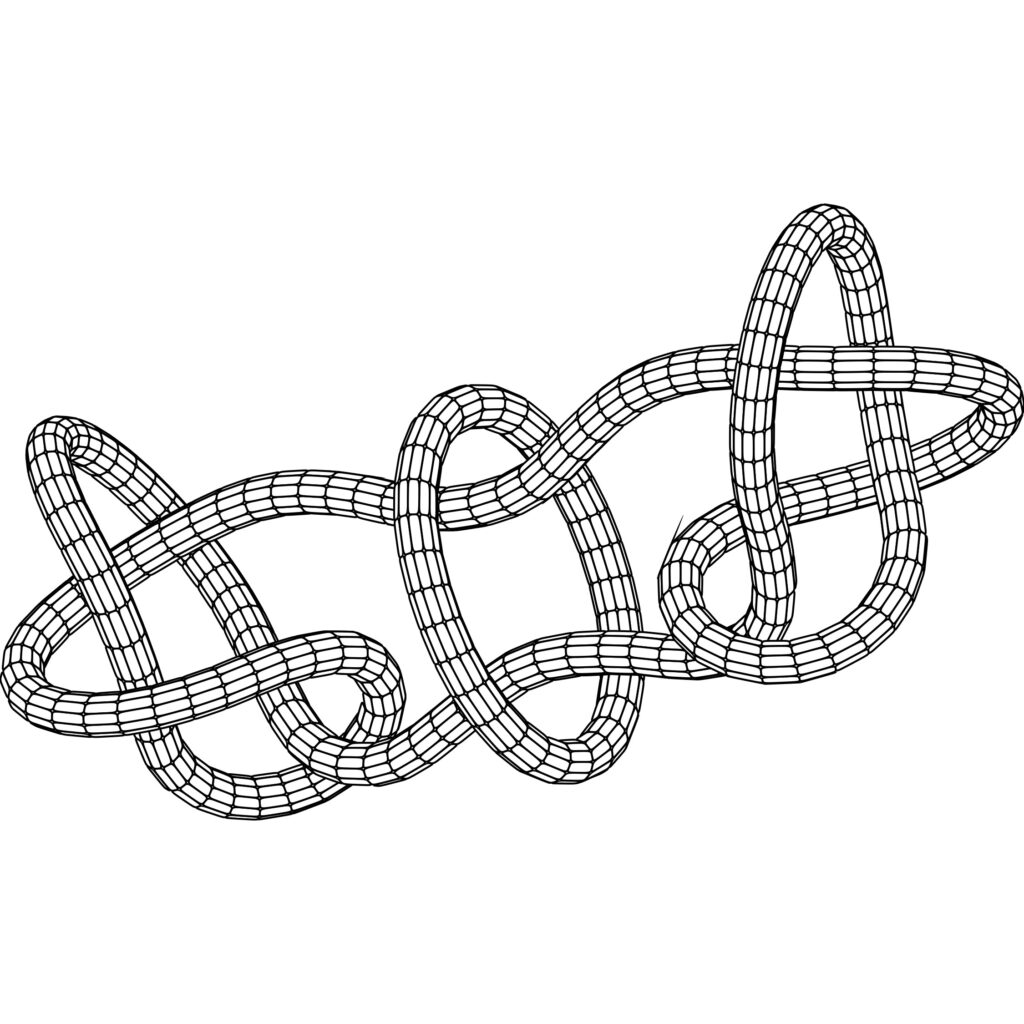
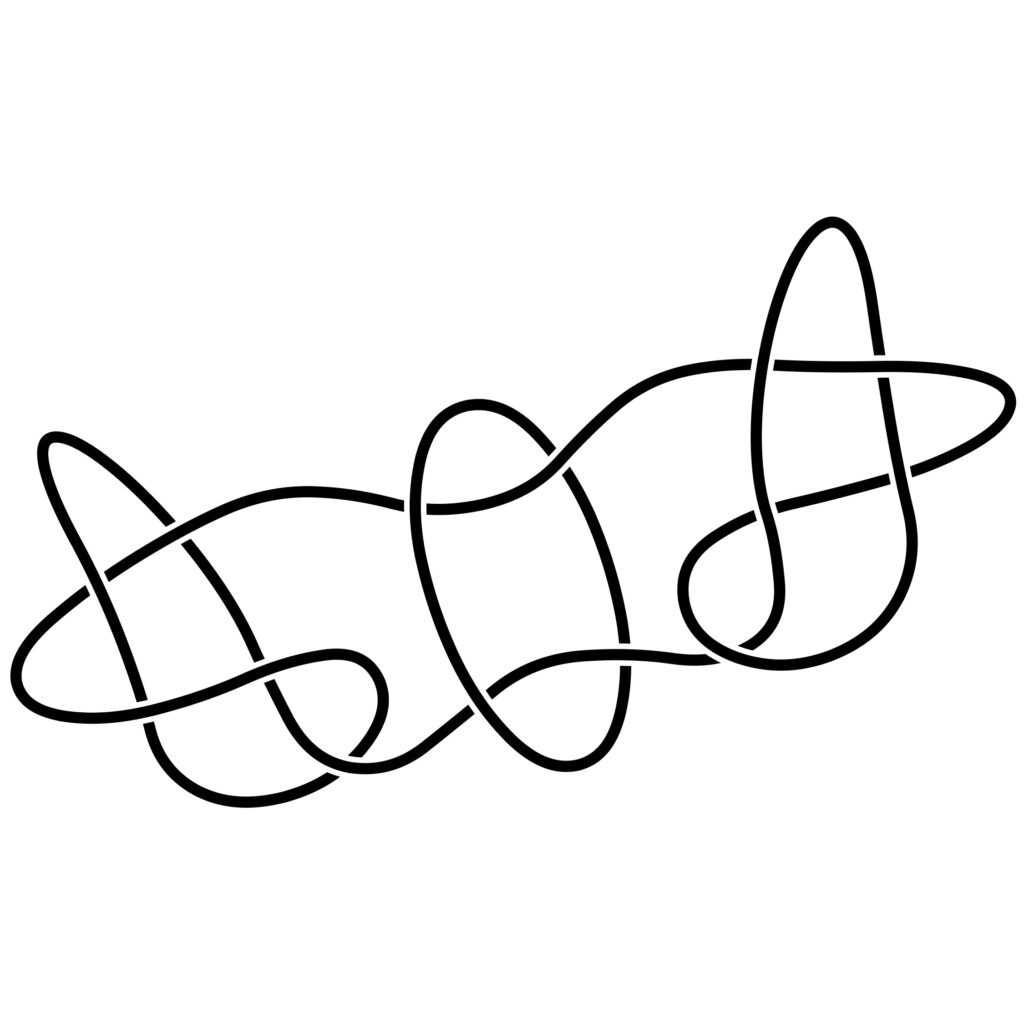
Below we see a sequence of a planar diagram of a complex curve without crossings being deformed to a circle. If a closed planar loop has no crossings, for example the picture to the right, it can always be deformed to a circle without cutting or creating crossings along the way.
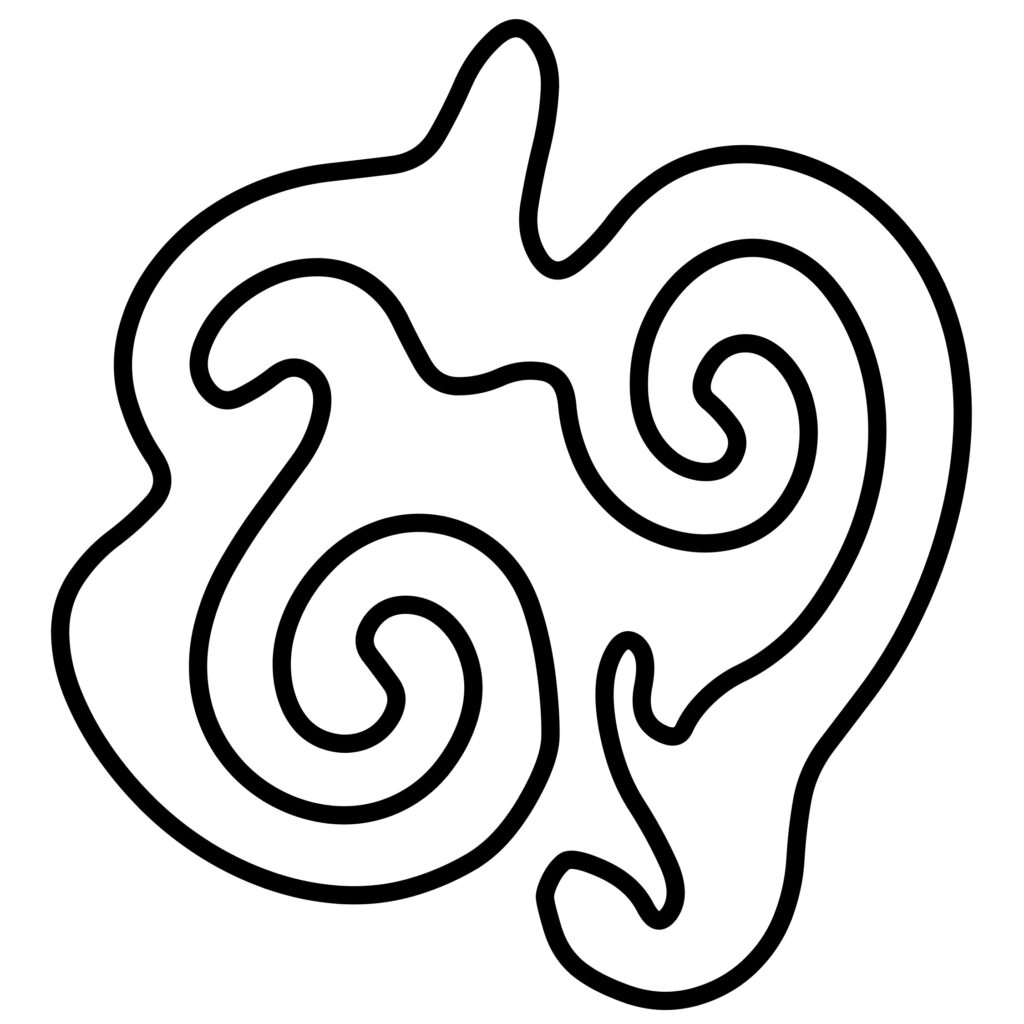

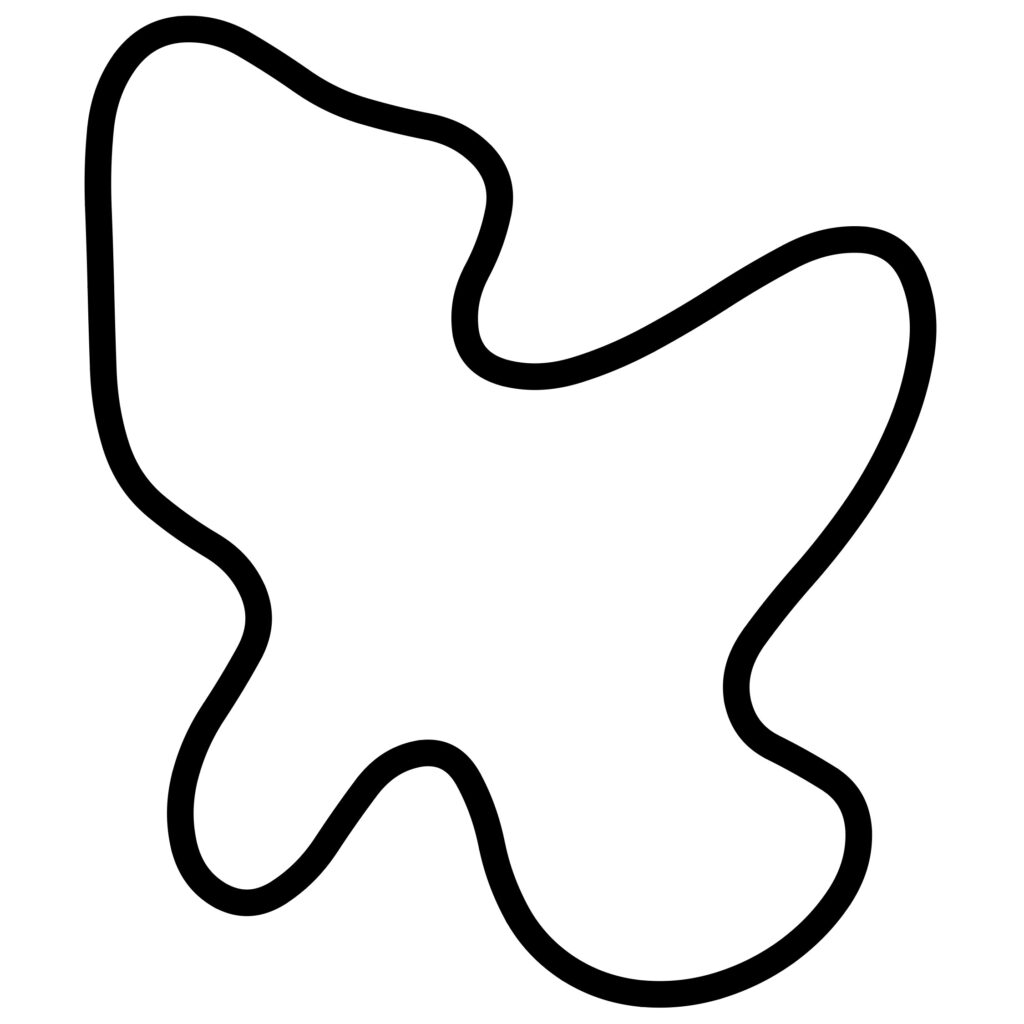
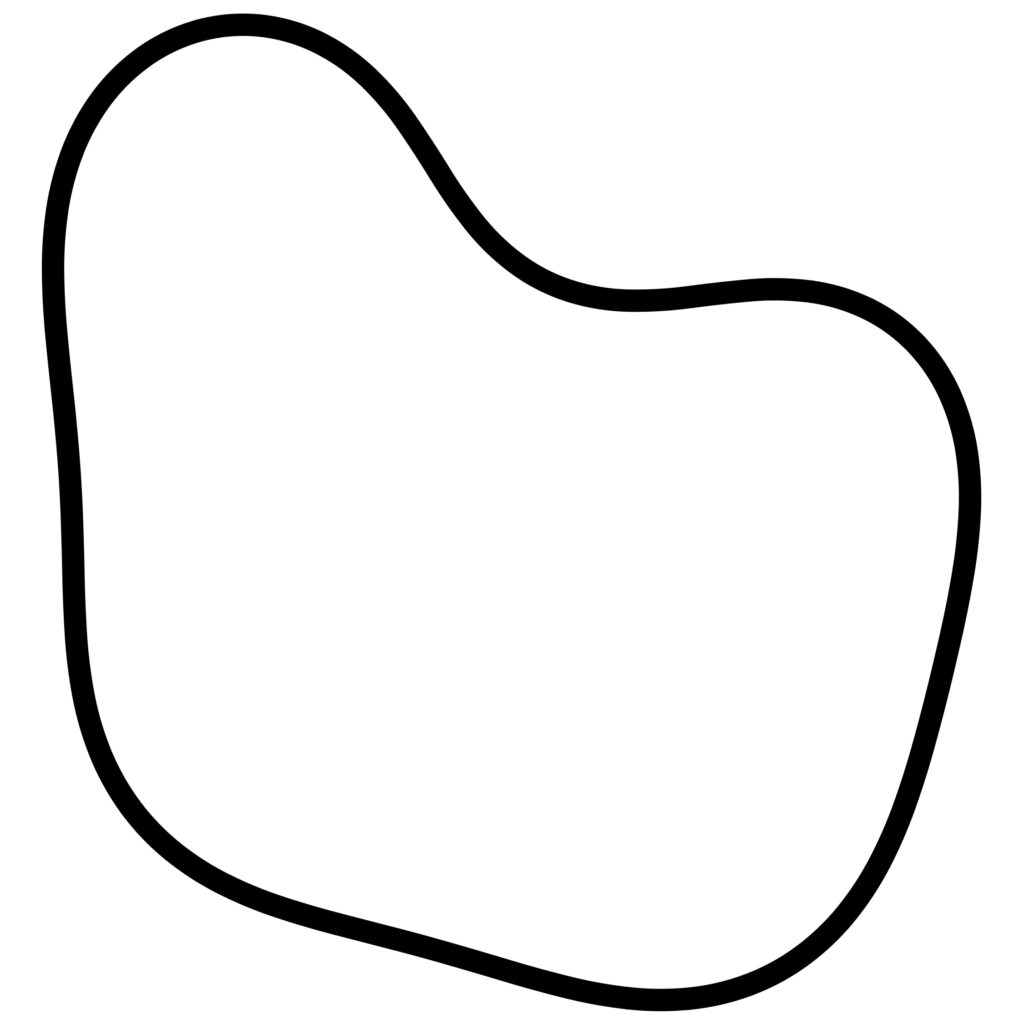
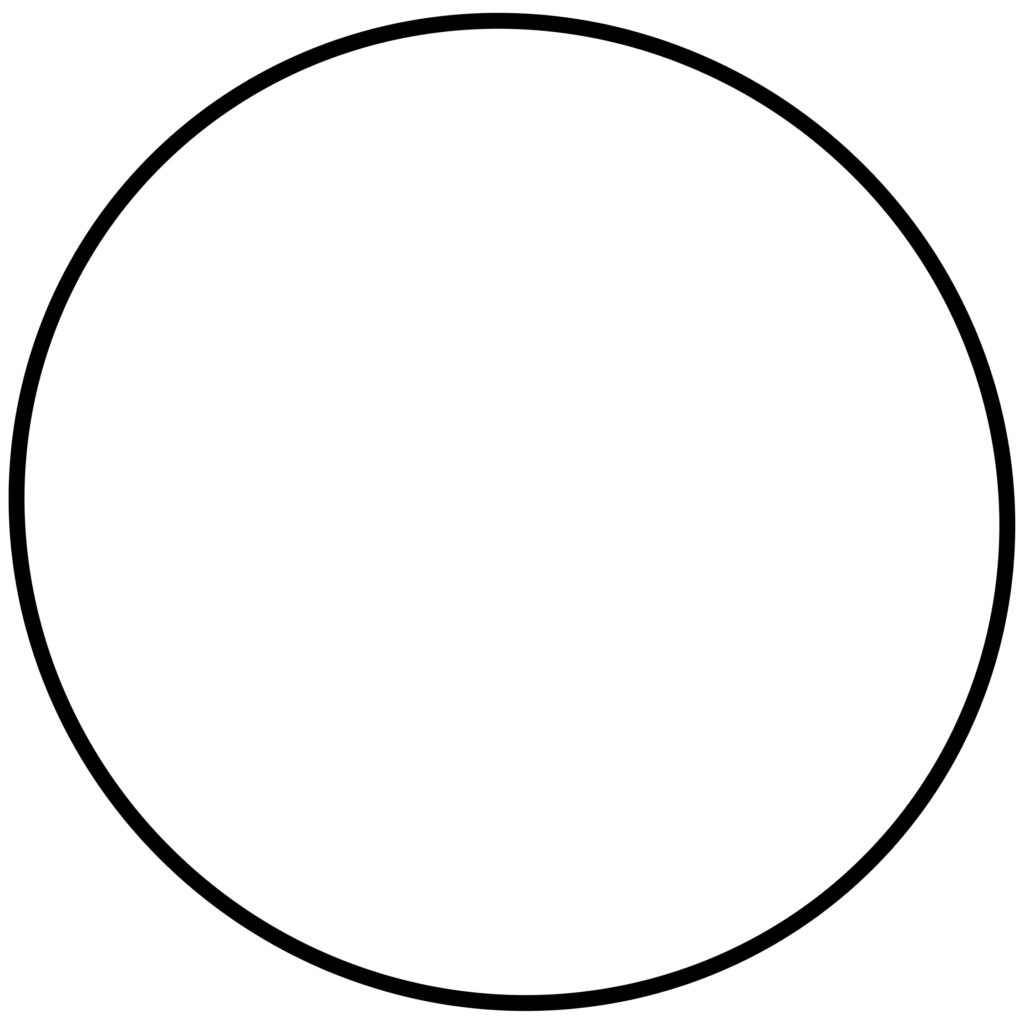
Some crossings can be removed without changing the topology of the curve. One case is if there is an isolated crossing , meaning that the curve leaves the crossing and returns to it without becoming part of another crossing, and no other curve enters the region enclosed by the section of the curve leaving and returning to the crossing. This is called Reidemeister Move 1, because it involves only one crossing. We have an example sequence below.

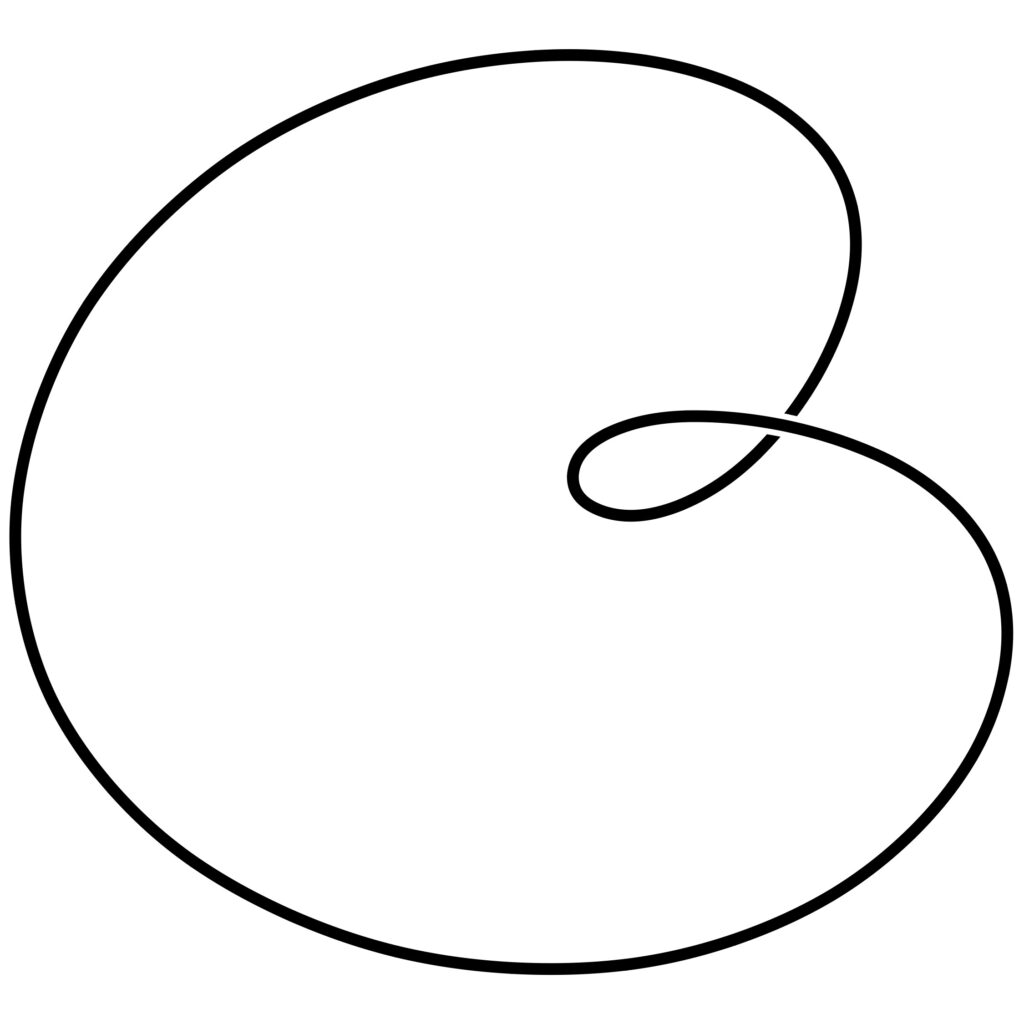
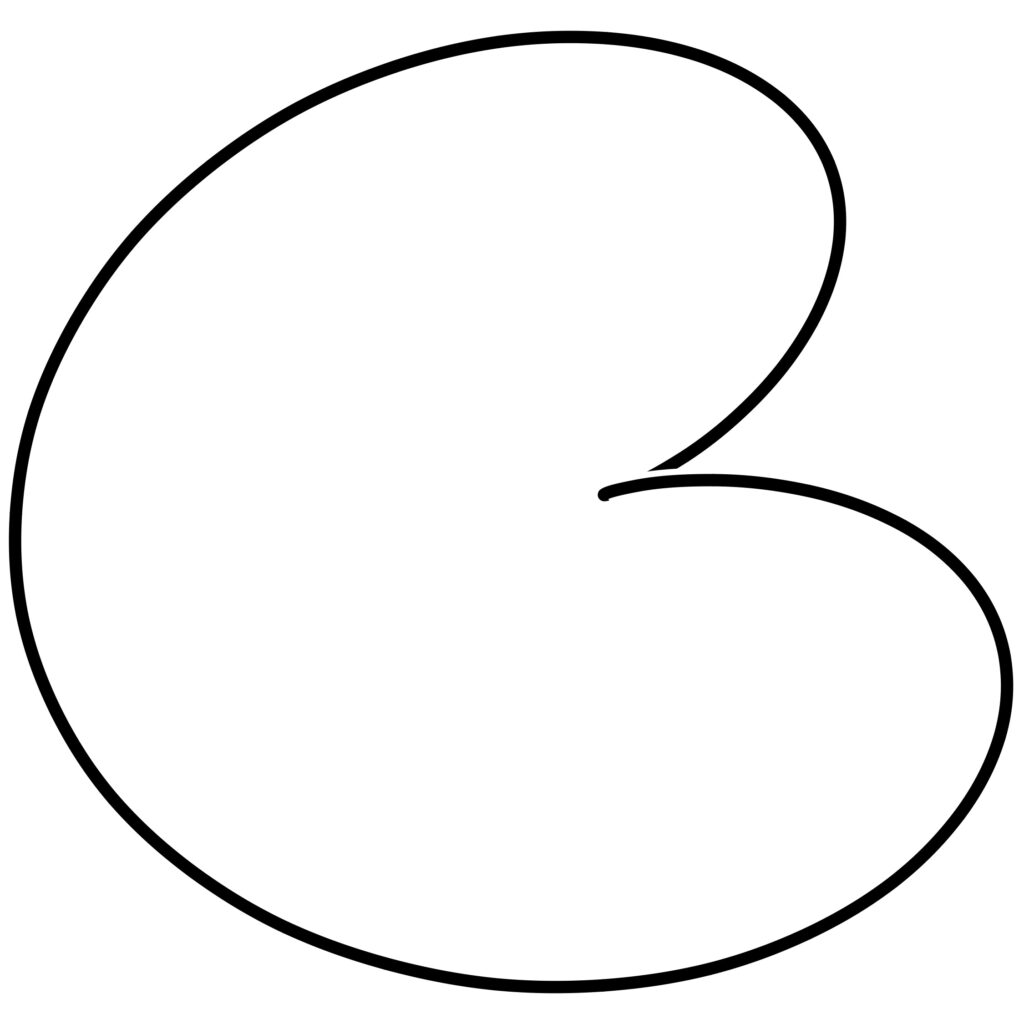
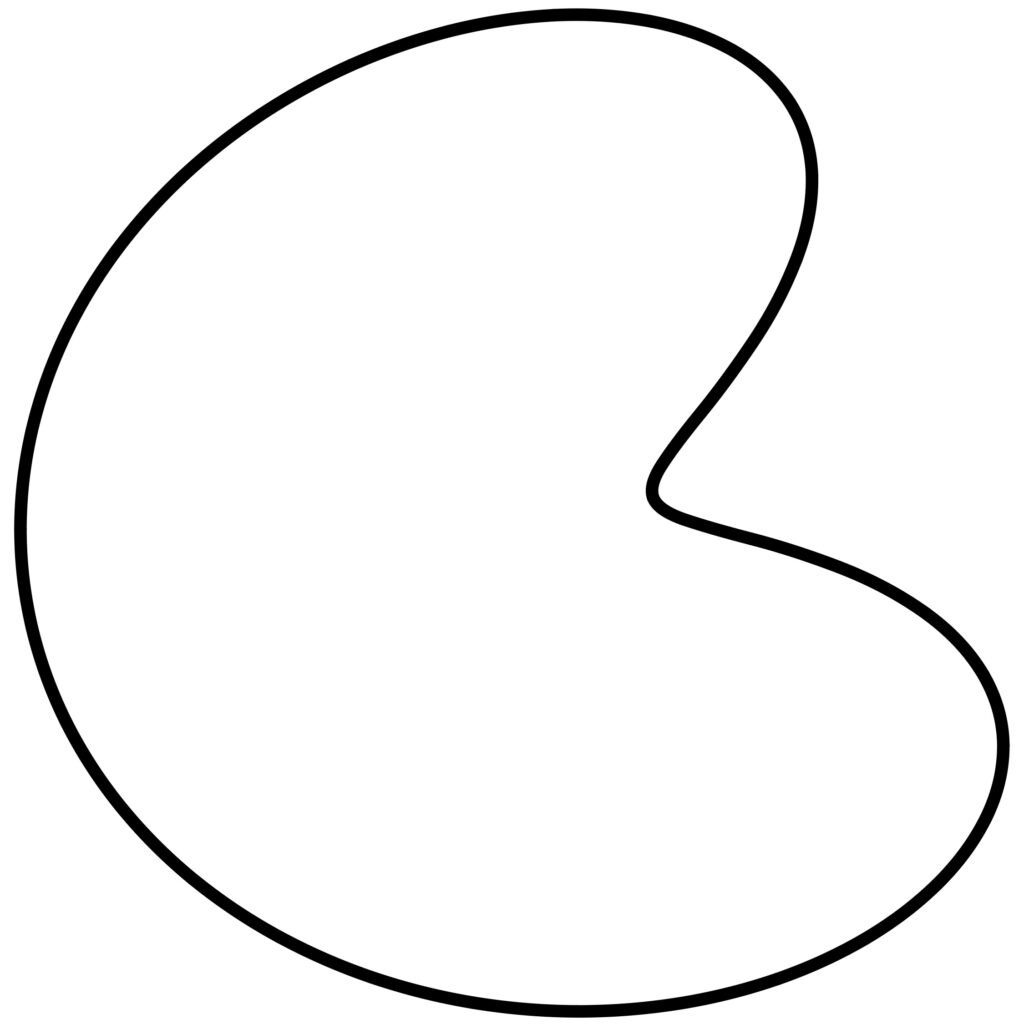
The sequence below involves four type 1 moves, two moves between the first and second frame, then two more.
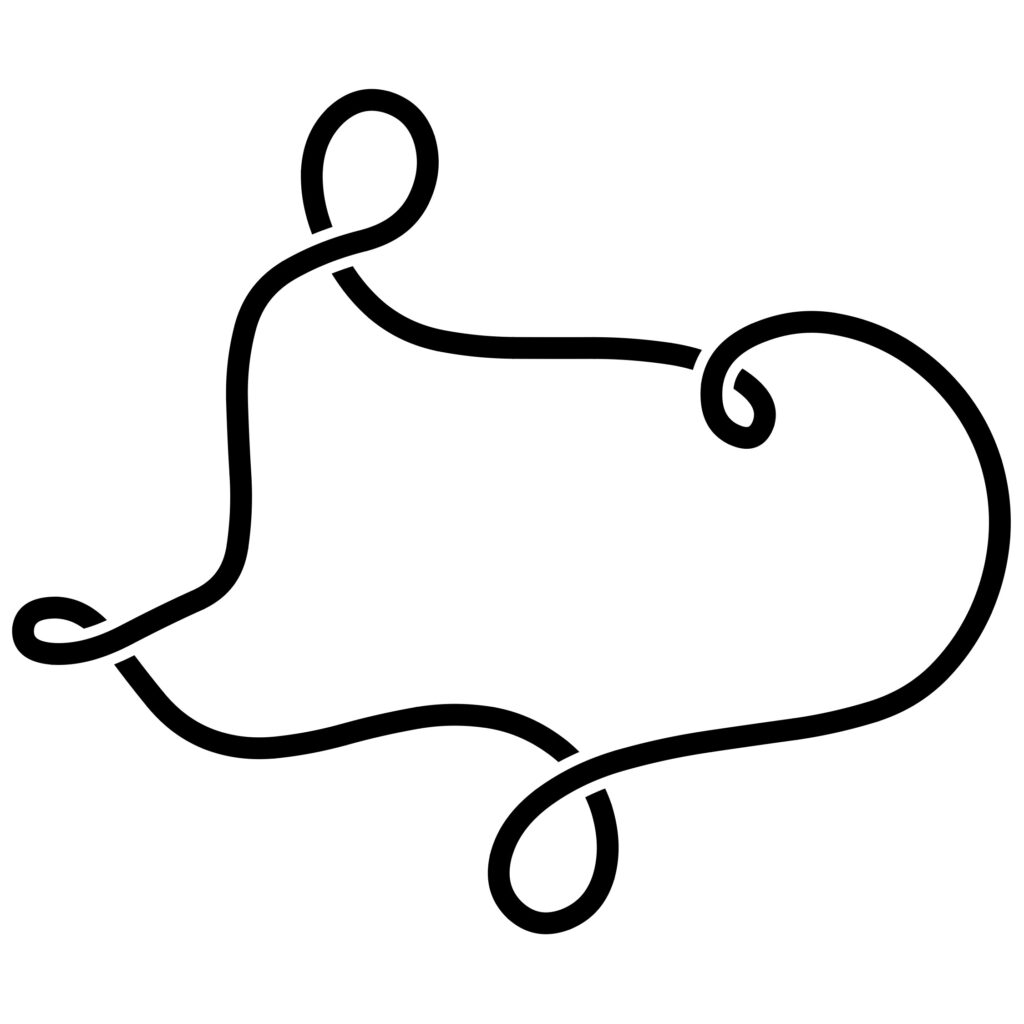
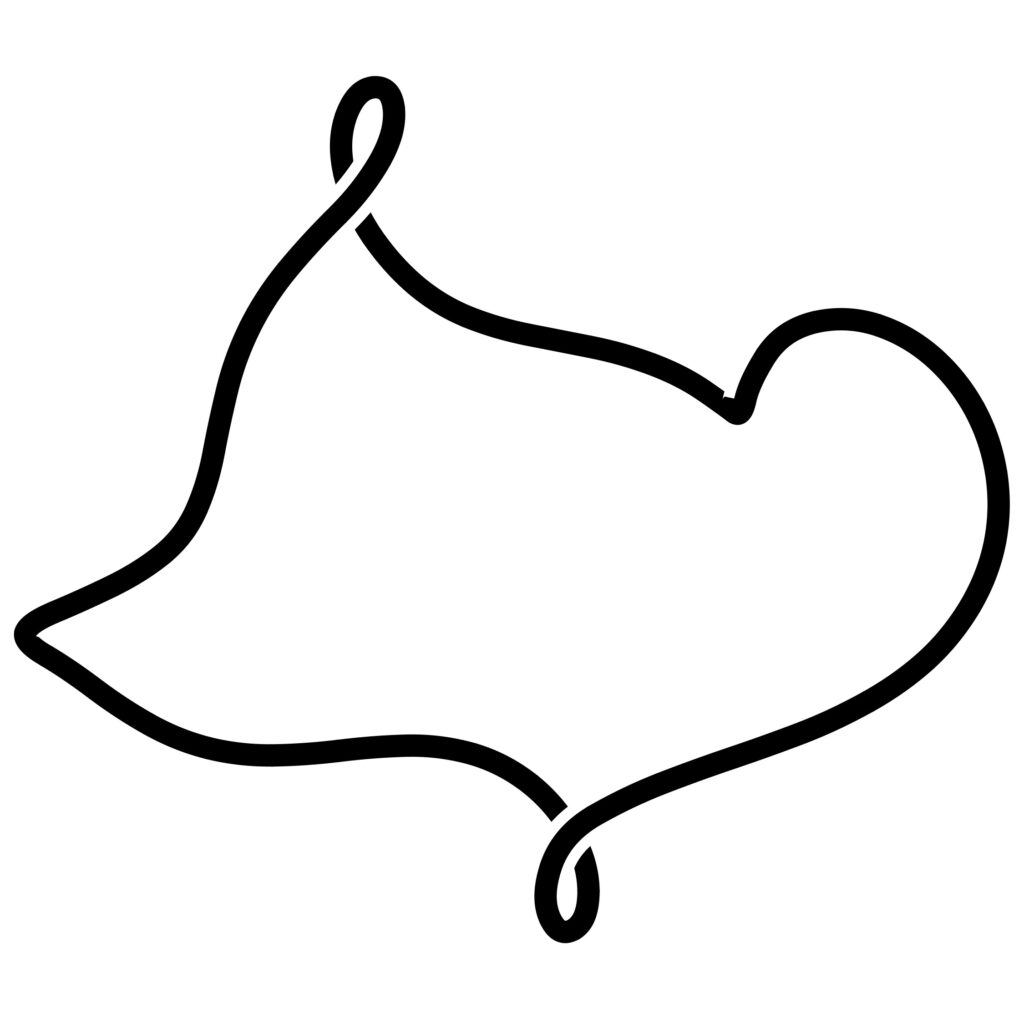


A Reidemeister Type 2 move involves two crossings which are connected by two sections of curve, and have the additional property that one section lies entirely on top of the other. So the sections connect an over path to an over path and an under path to and under one. There is again the requirement that there is no other curve in the area enclosed by the sections. In a type 2 move, we can think of the two crossings coming together to cancel each other out, removing two crossings without changing topology. An example sequence is below.
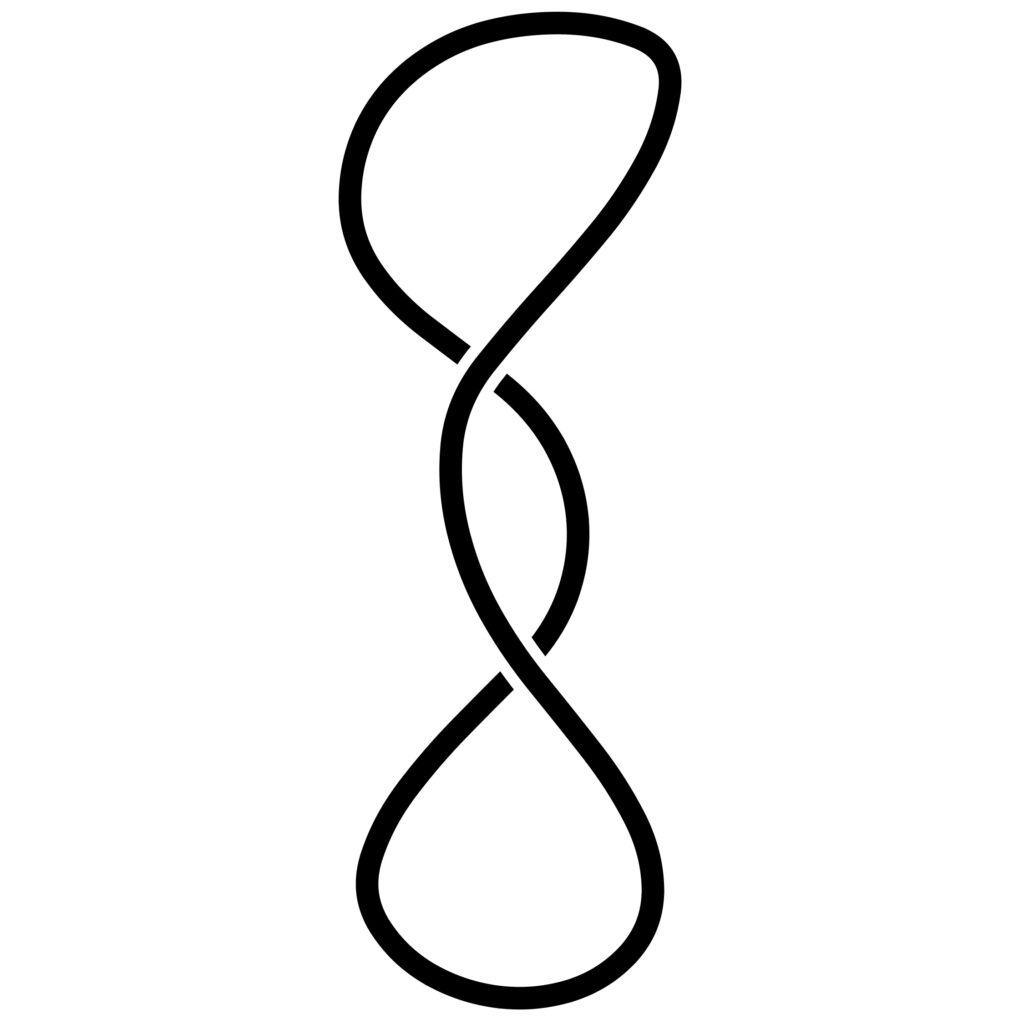
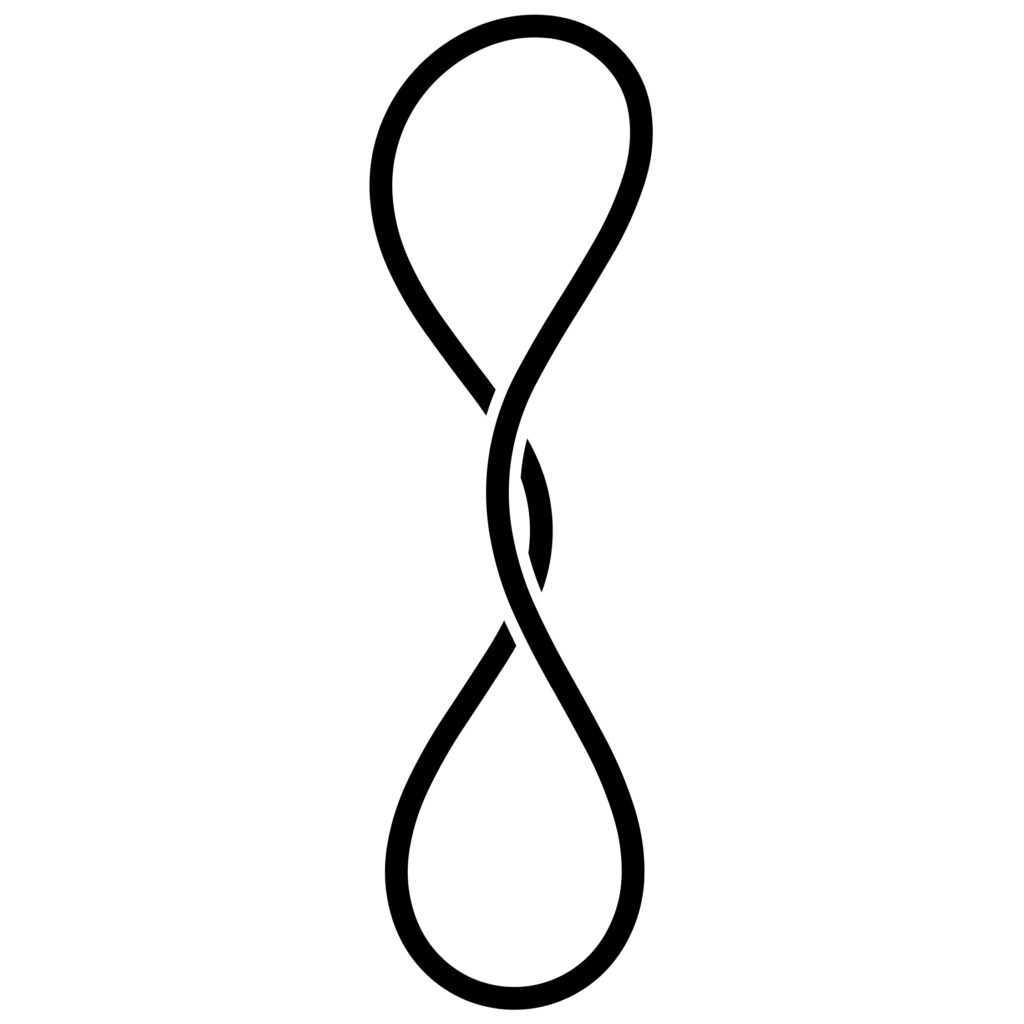
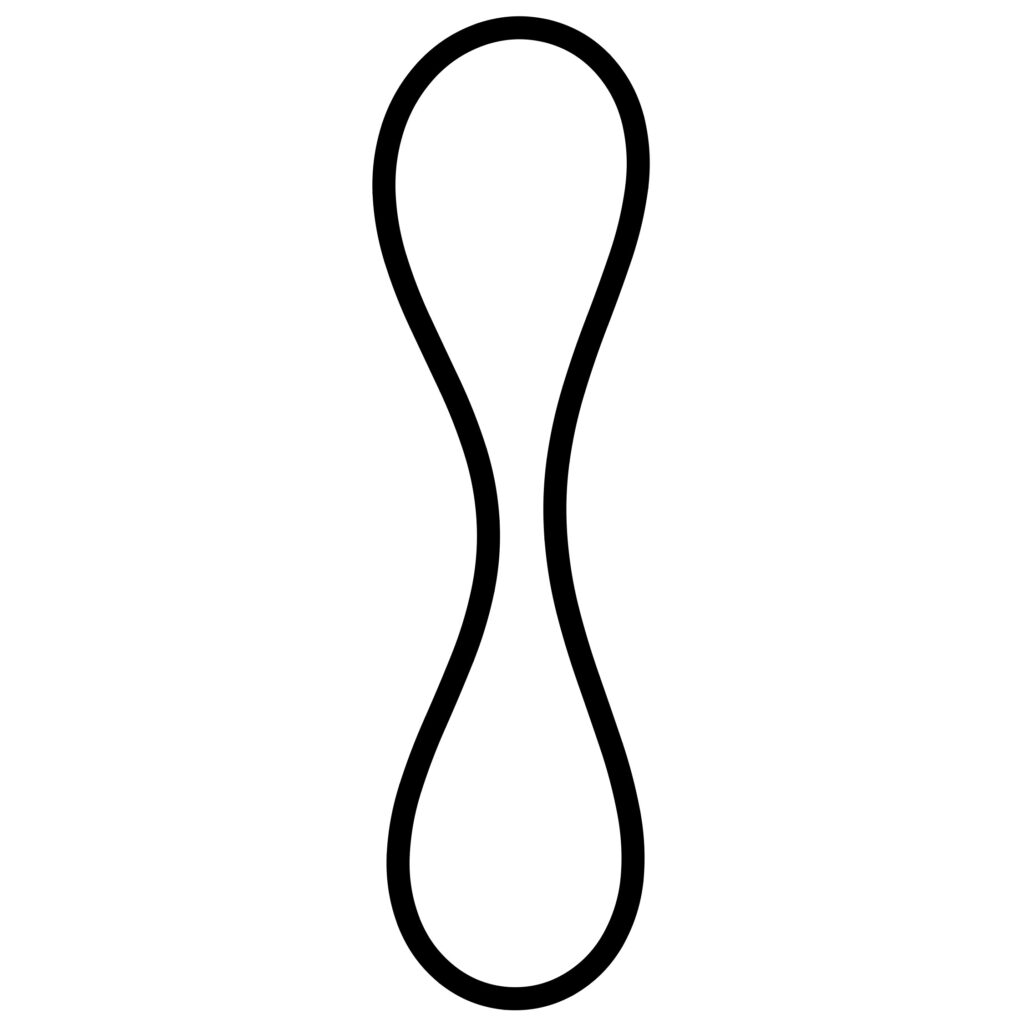
Below we have a sequence depicting simplification using three type 1 moves and one type 2 move.
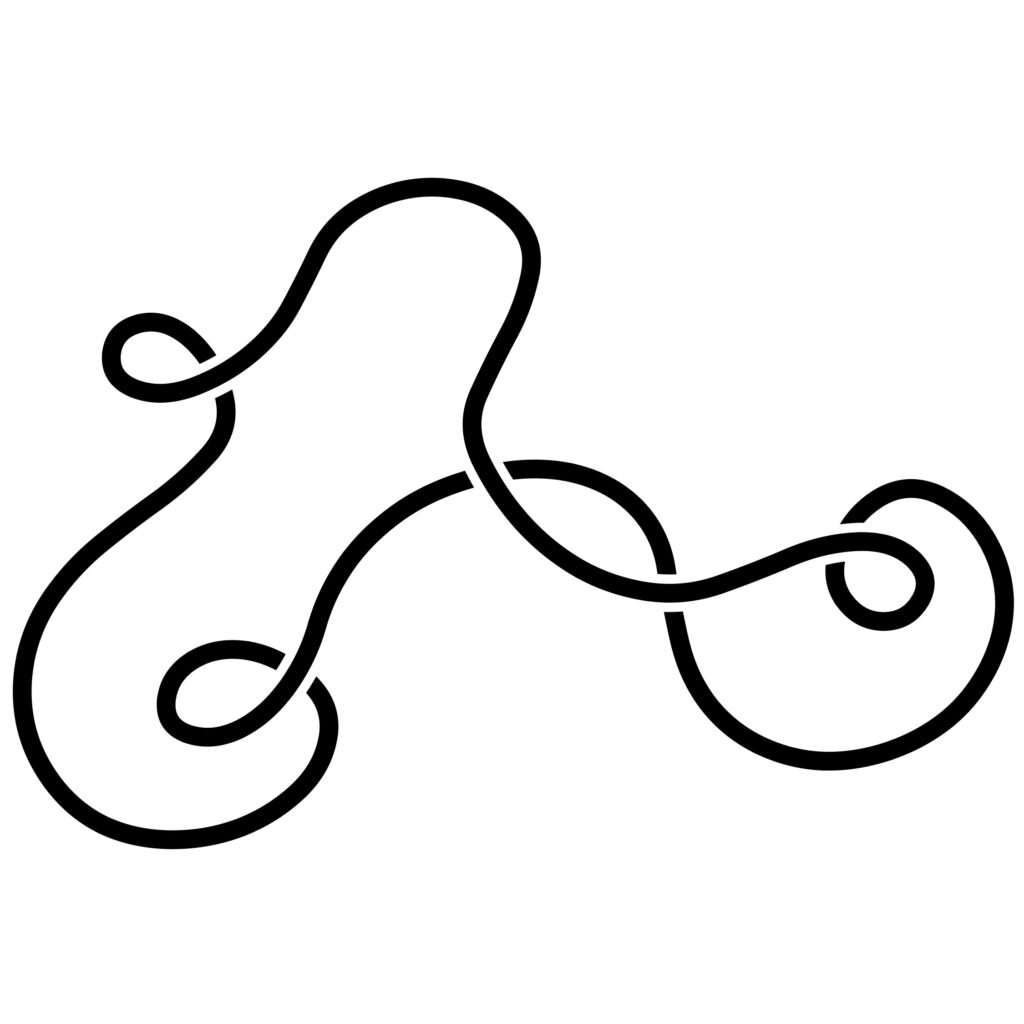
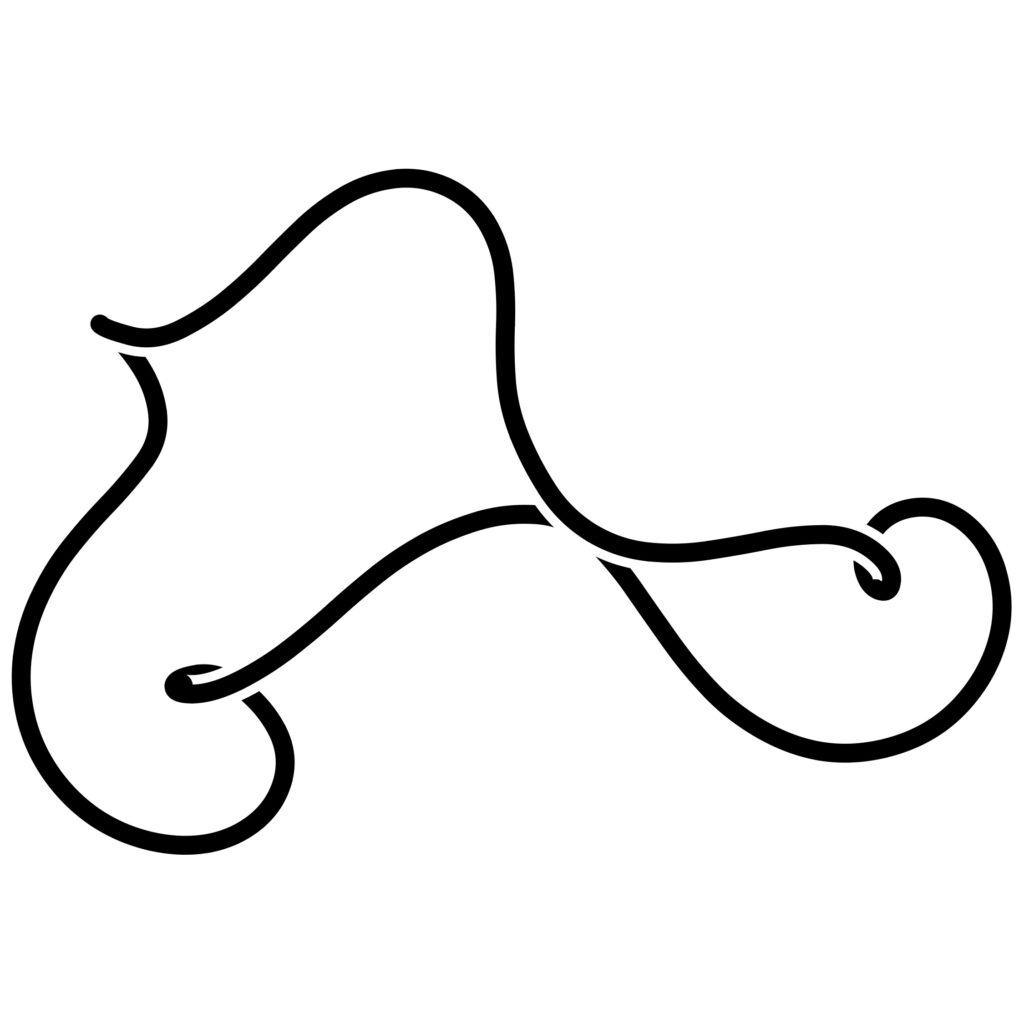
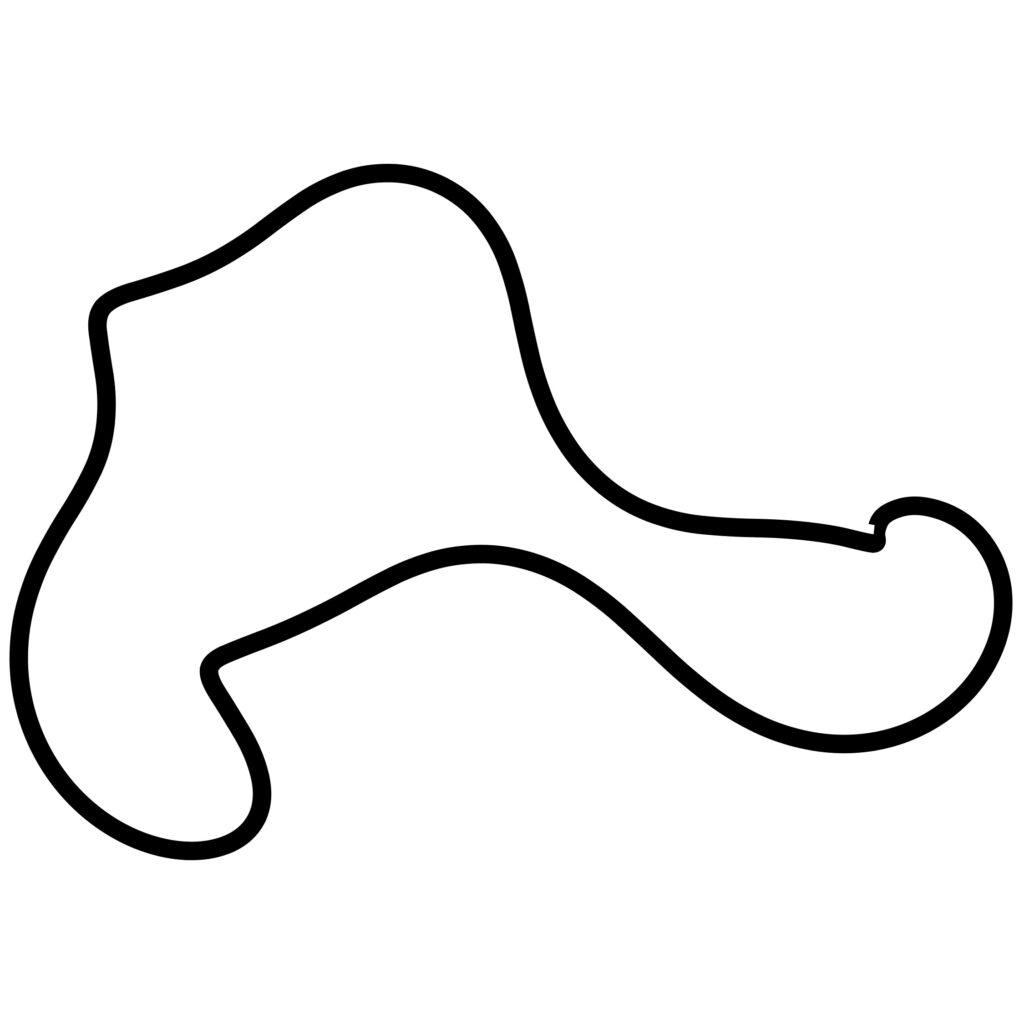

There is one more Reidemeister move, a Type 3 move. These moves involve three crossings, and do not change the number of crossings, but they can be useful in working with planar diagrams. An example is shown below. We are looking locally — we aren’t concerned with how the ends of the three line segments might continue. The vertical line segment passes over the other two. Because of this we can move it to the other side of the crossing of the other two without changing the topology. Throughout this motion it remains above the other segments. This movement would also be possible if the vertical segment was entirely below the two others.
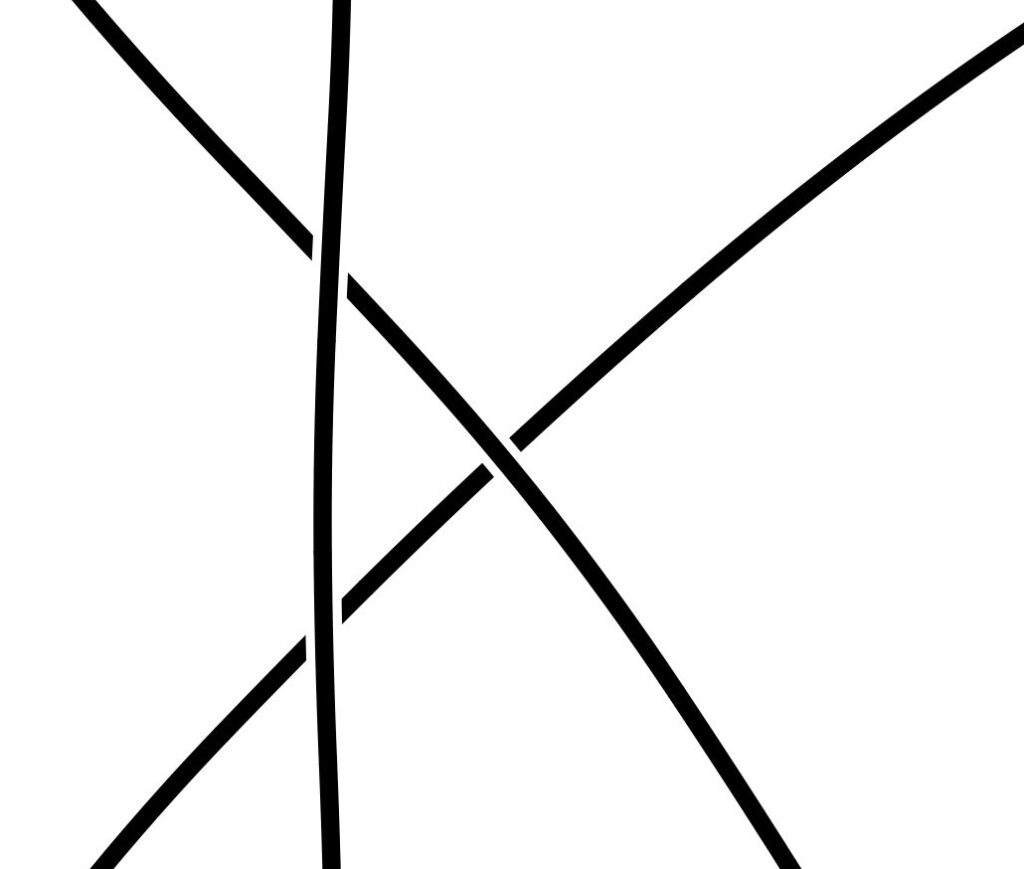
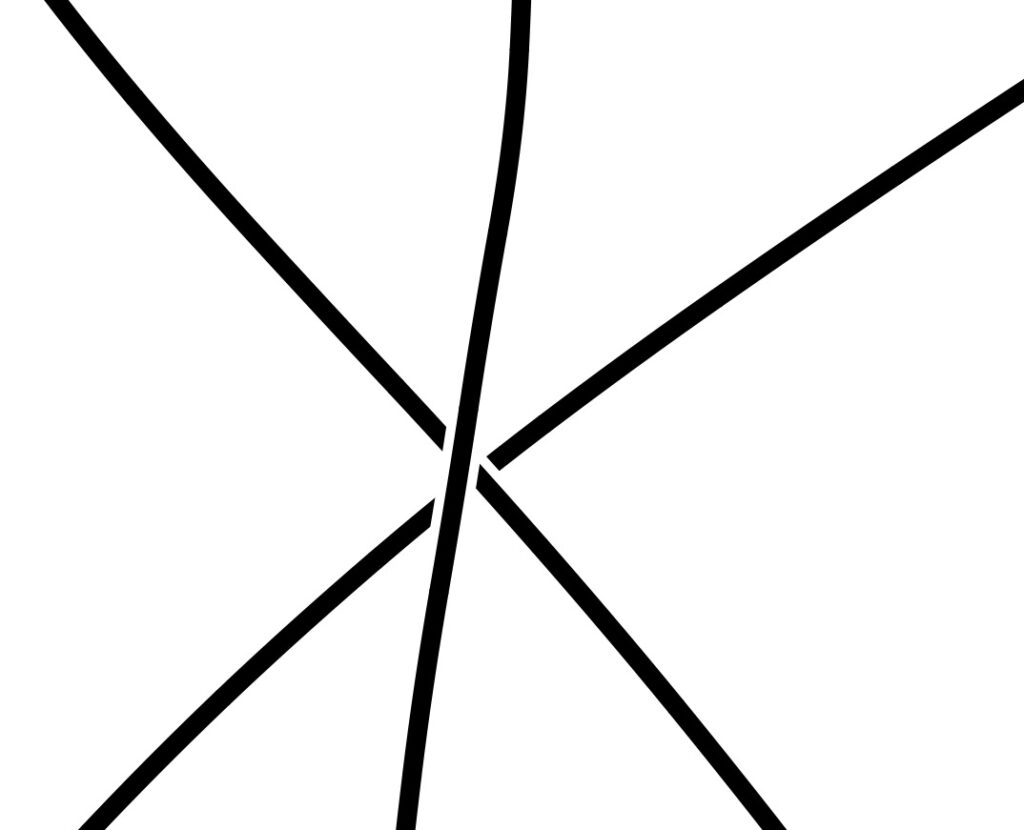
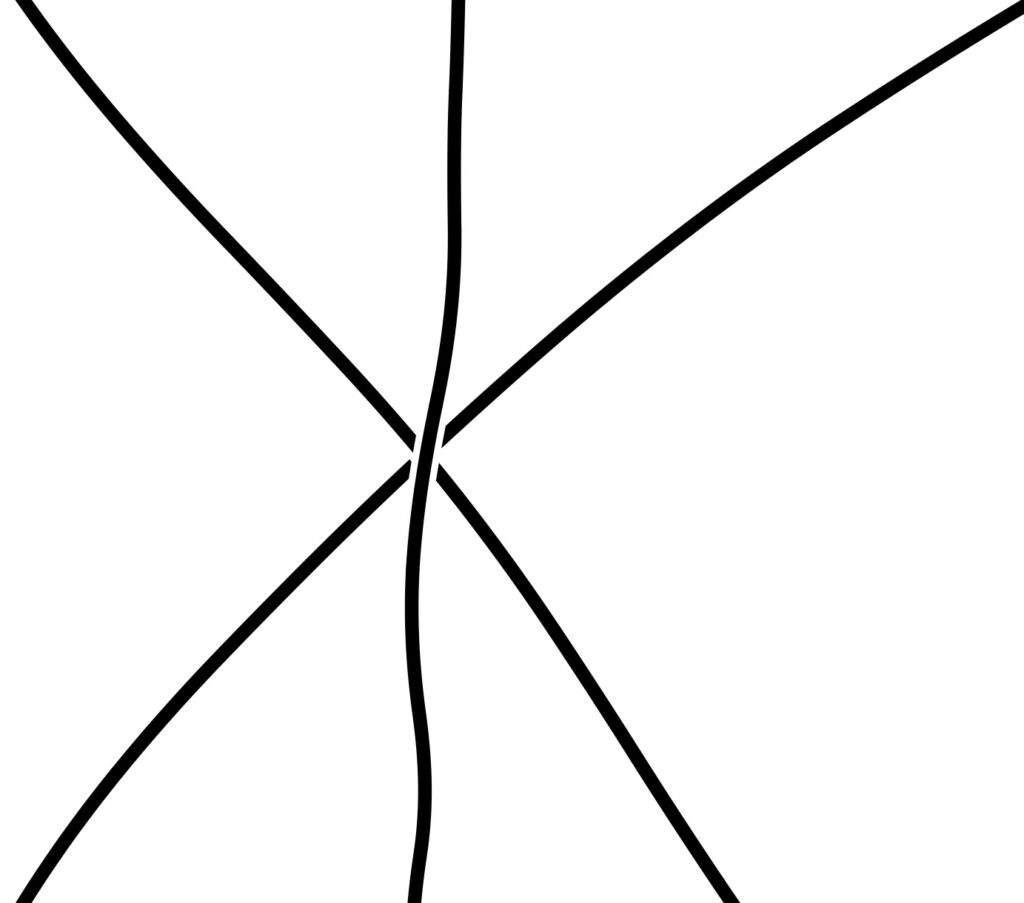

Reidemeister moves type 1 and type 2 can also be used to add crossings, increasing the complexity of the diagram, without changing topology. To the right two type 1 moves were used to make the twisted loop from the oval. The twisted loop is still the unknot.
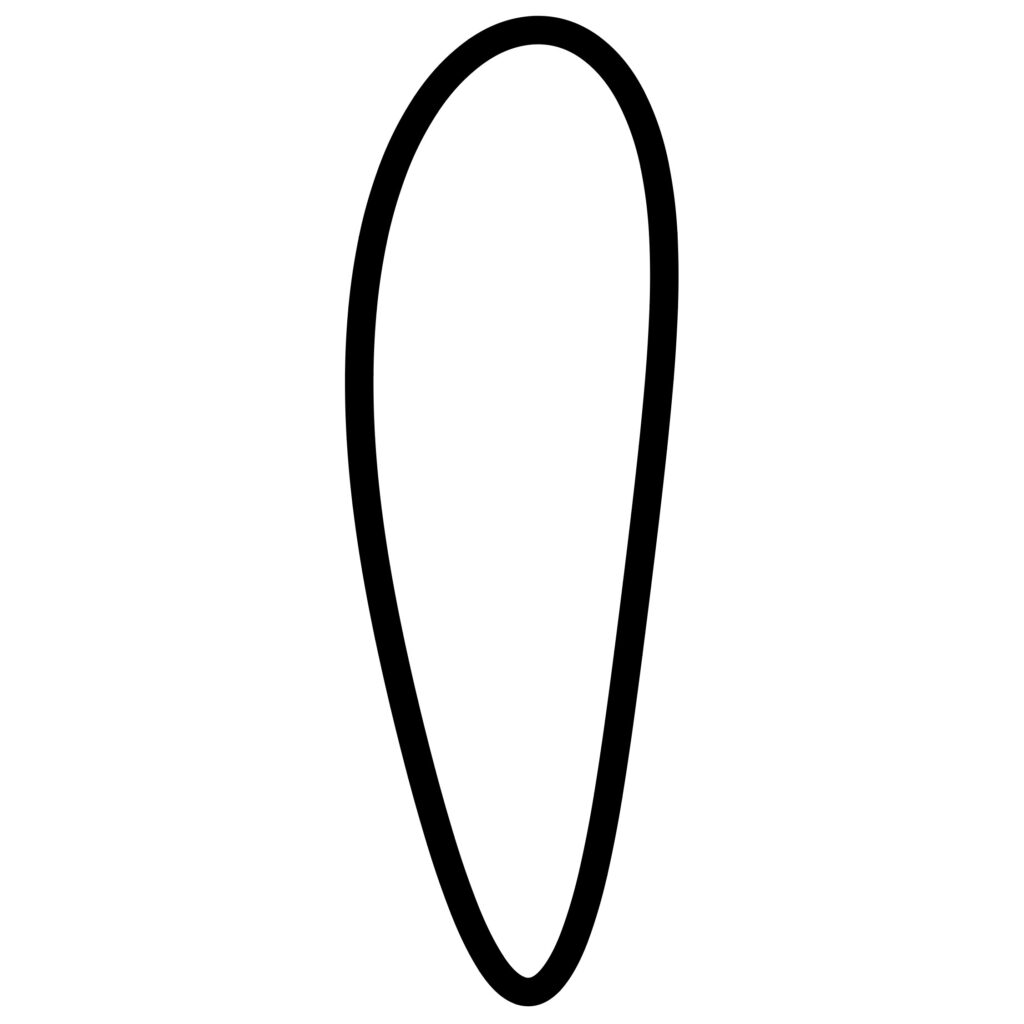
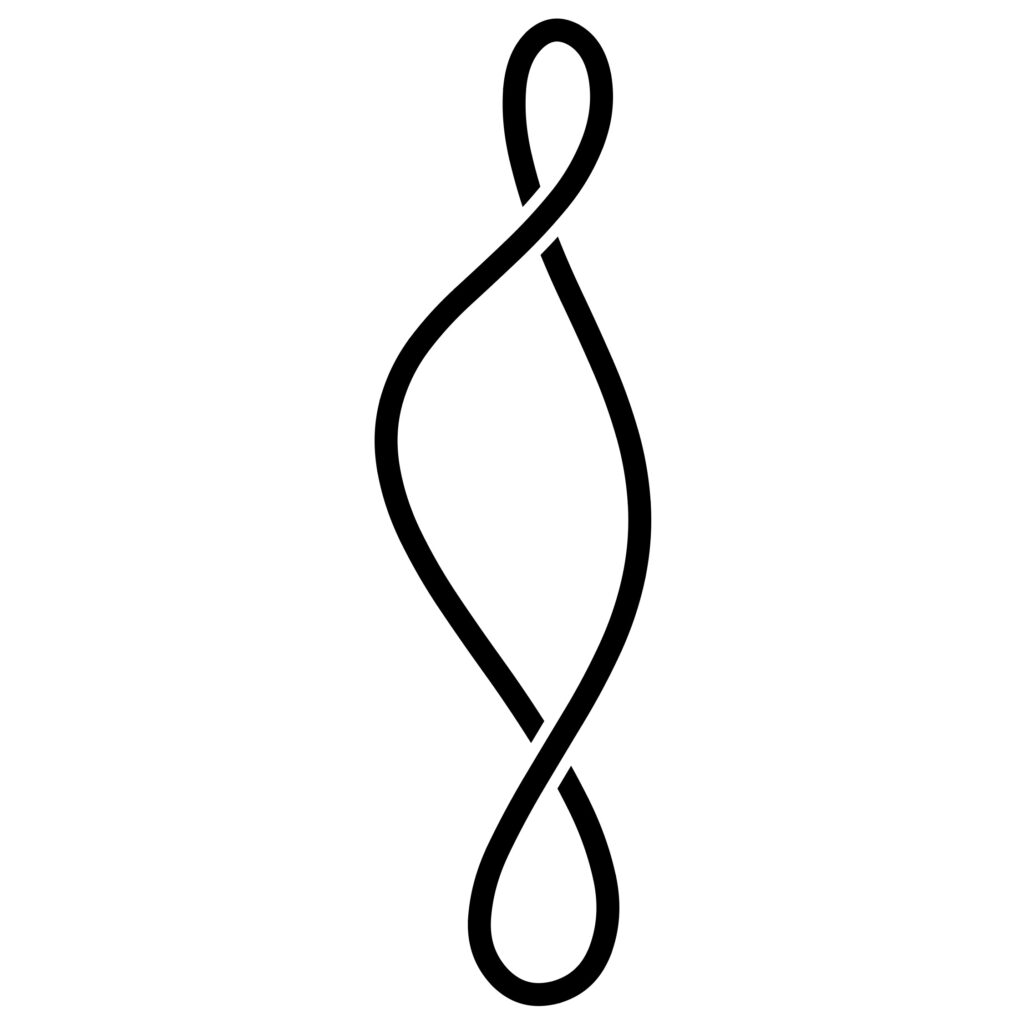
Below, type 1 moves are used to simplify a diagram of a trefoil.
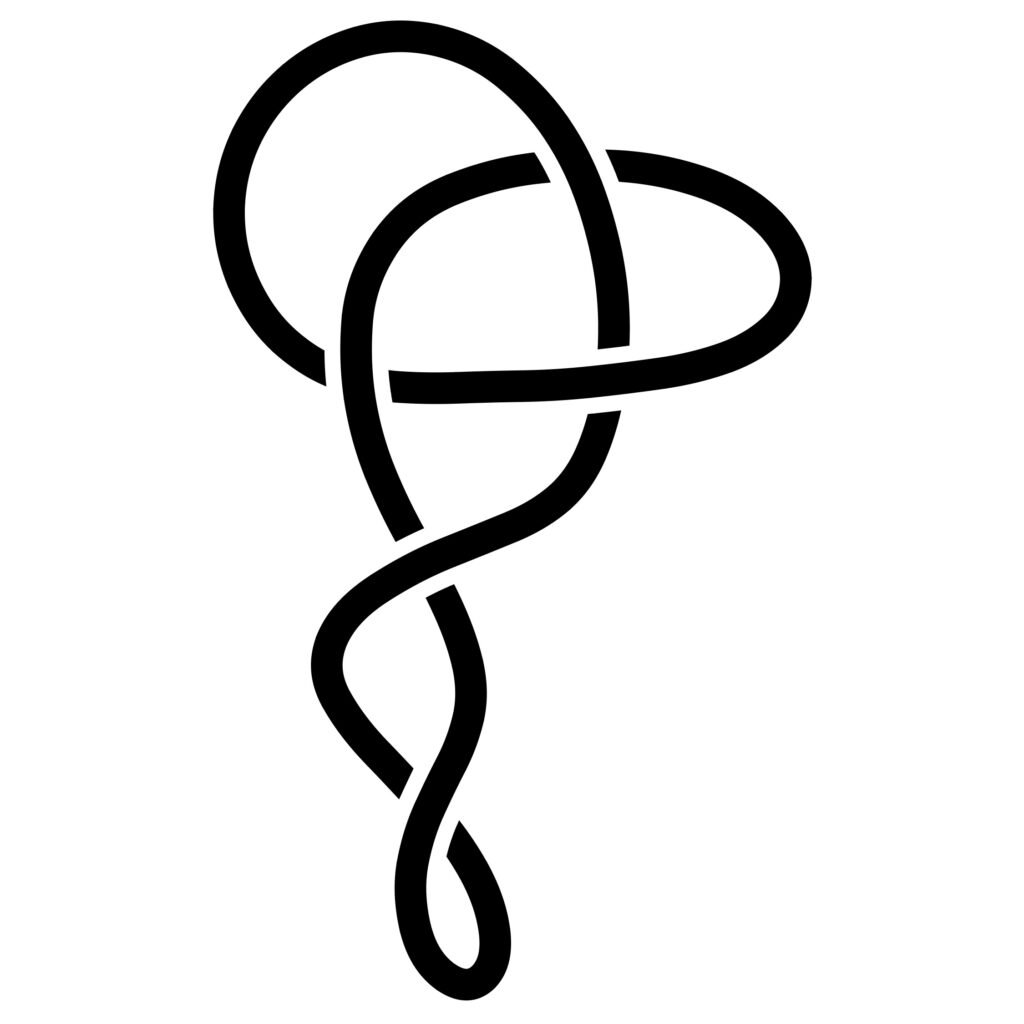
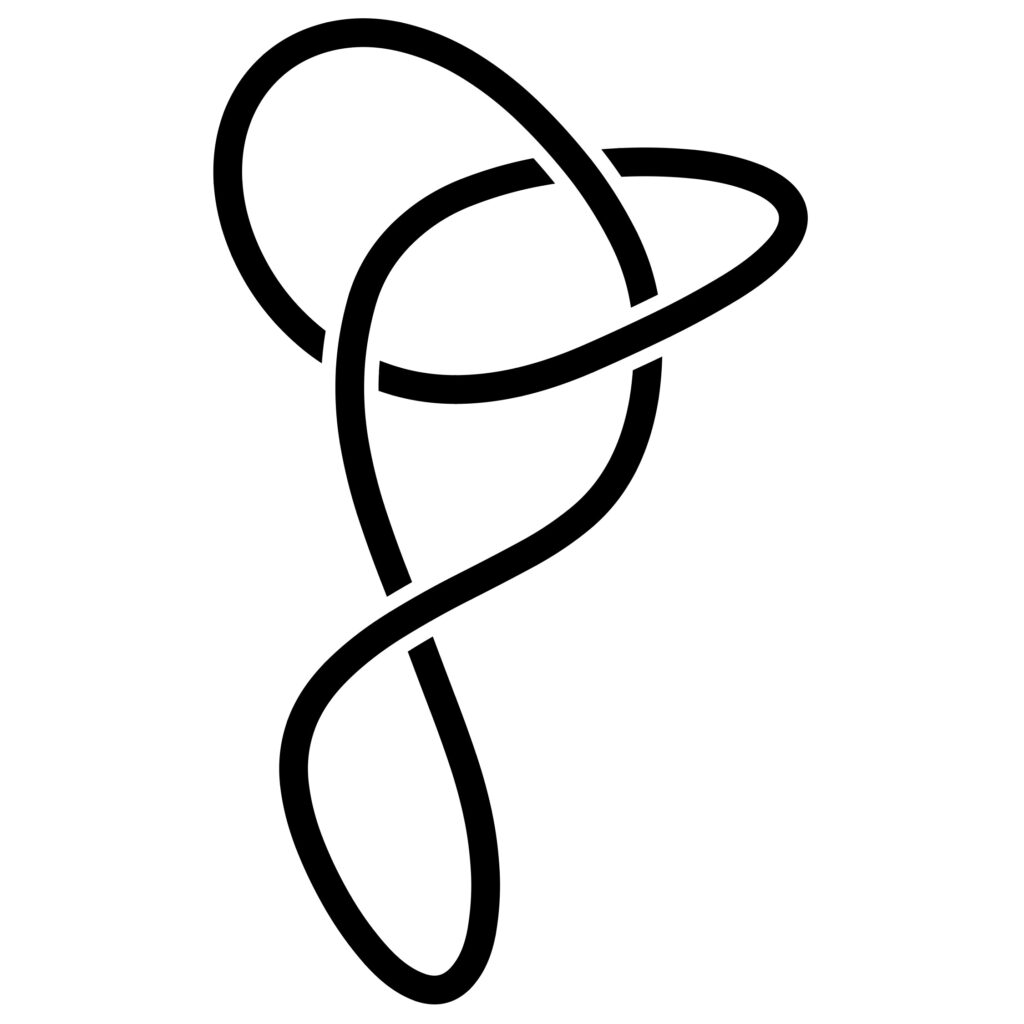
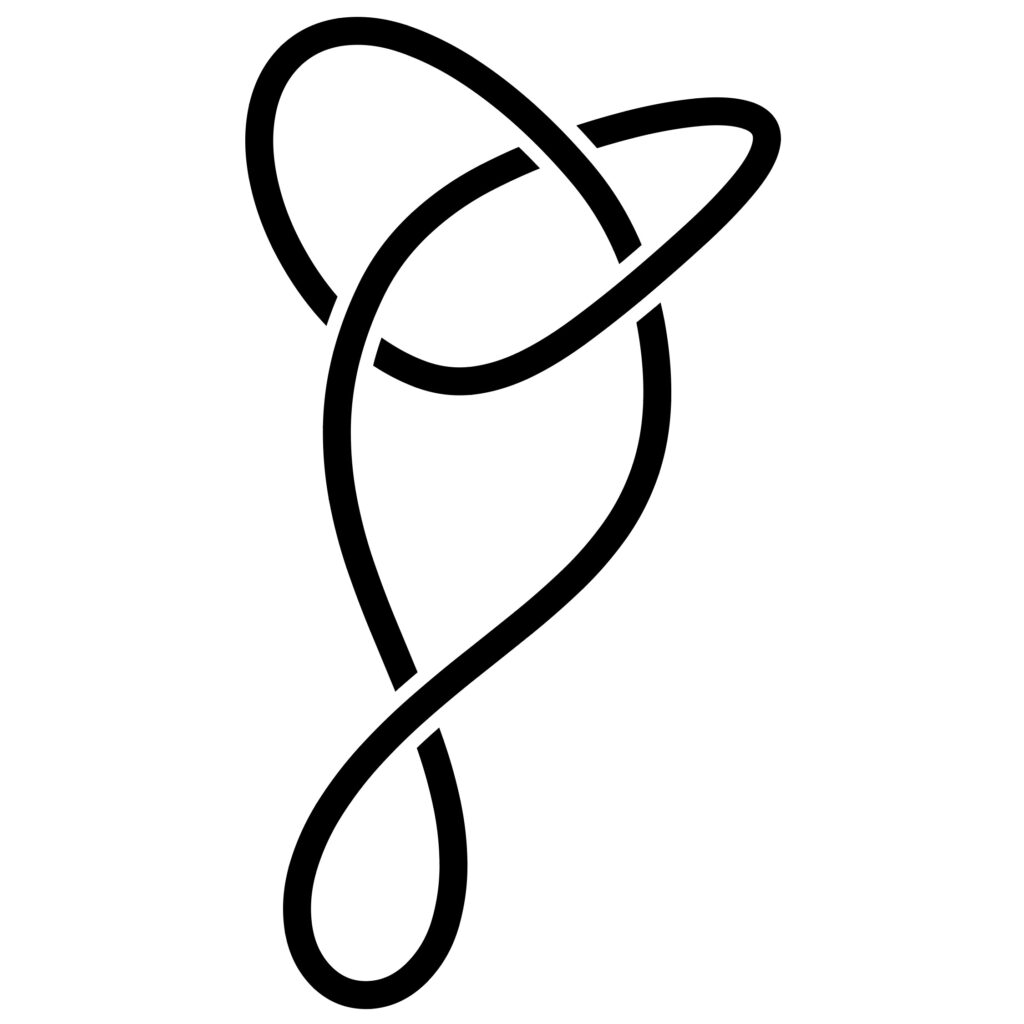
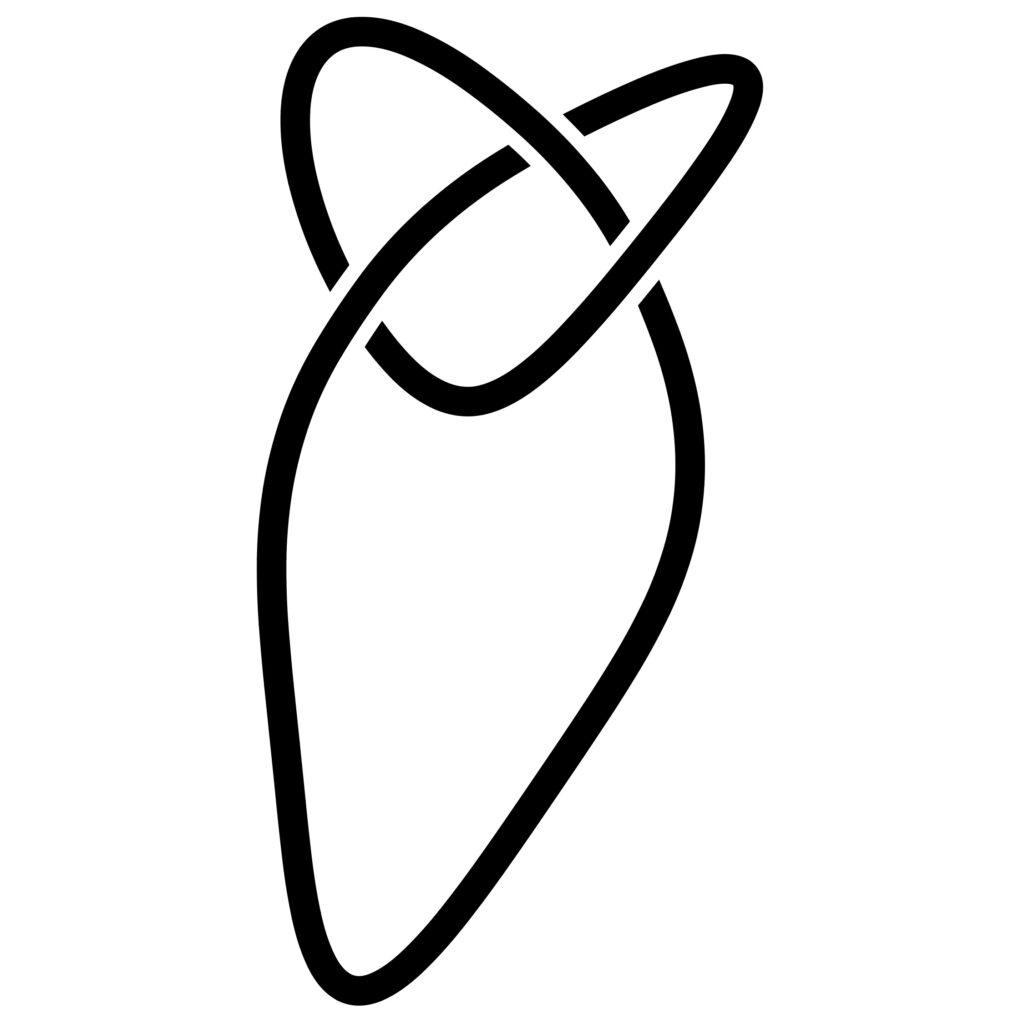
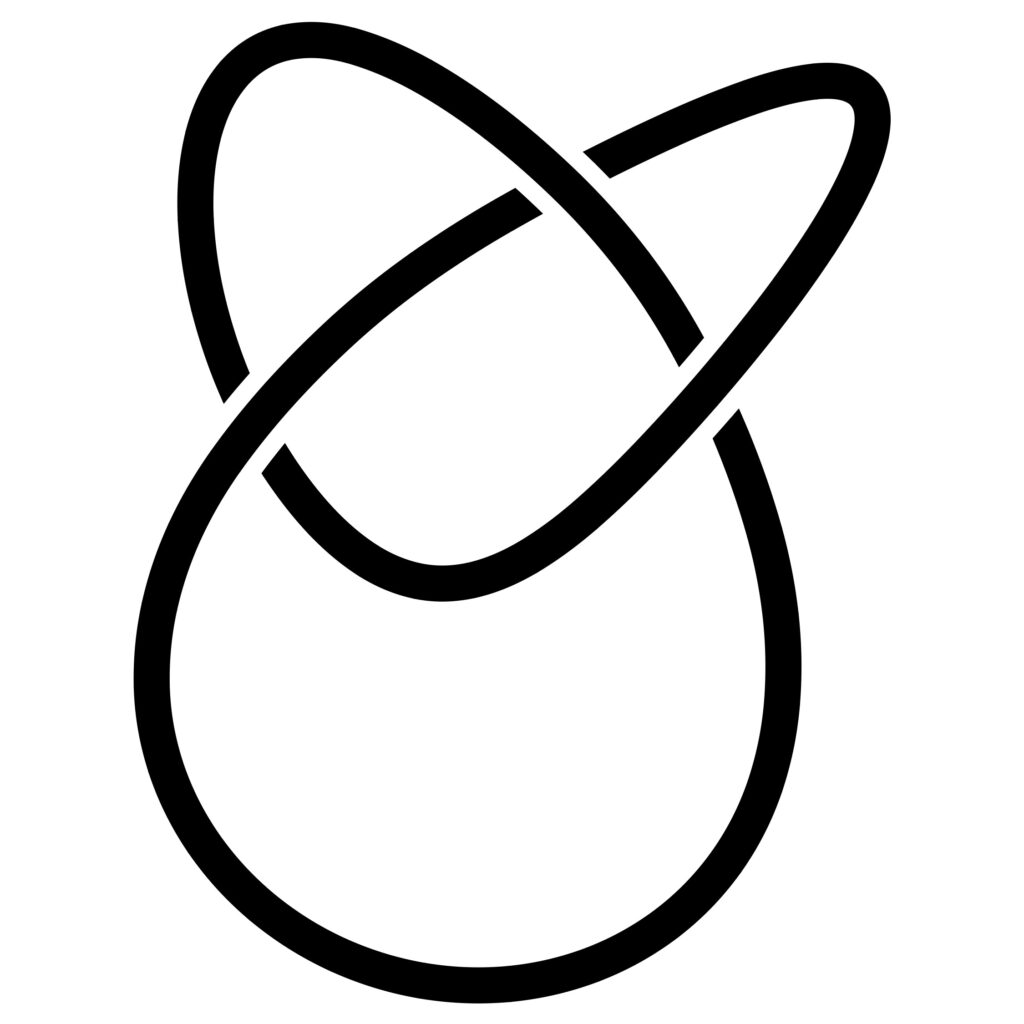
Another kind of operation on crossings is a crossing change. In this operation the over/under nature of a crossing is changed. The strand that was originally passing over now passes under, and the strand that passed under now passes over. This operation may change the topology. In the sequence below, the first frame is a trefoil. There are three crossings. The second frame also has three crossings, but we have performed a crossing change on the crossing at the bottom of the knot. After the change we can lift the strand that is on top at the crossing and slide it away from the crossings as is depicted in the third and fourth frame, giving us the unknot in the fifth frame.
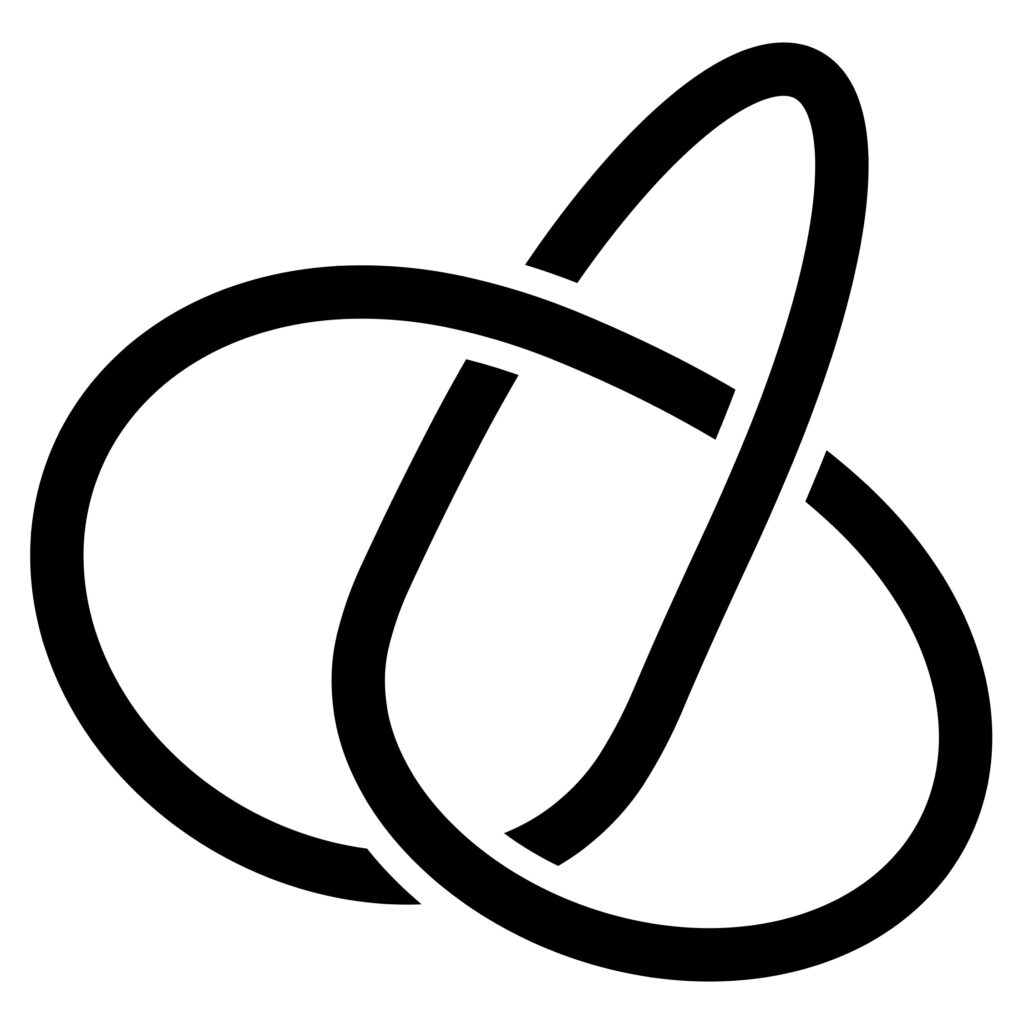
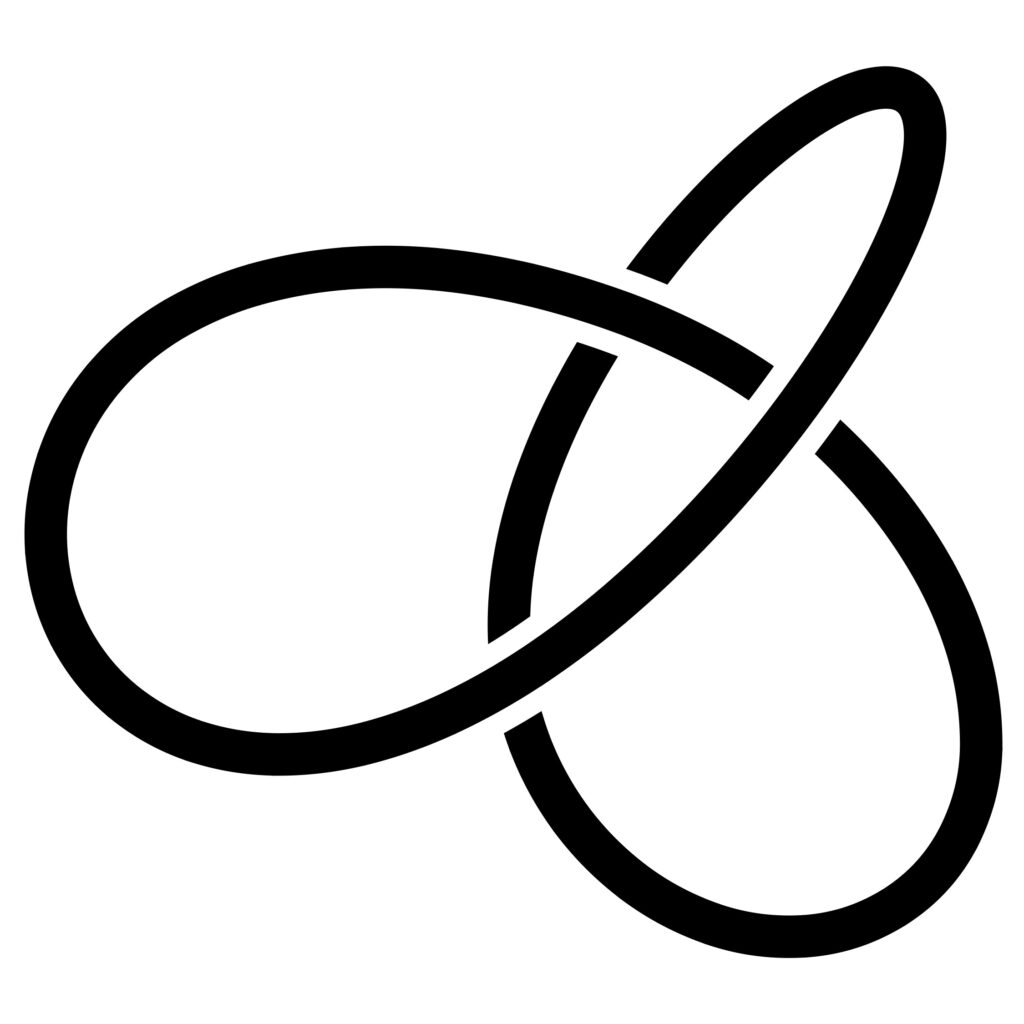
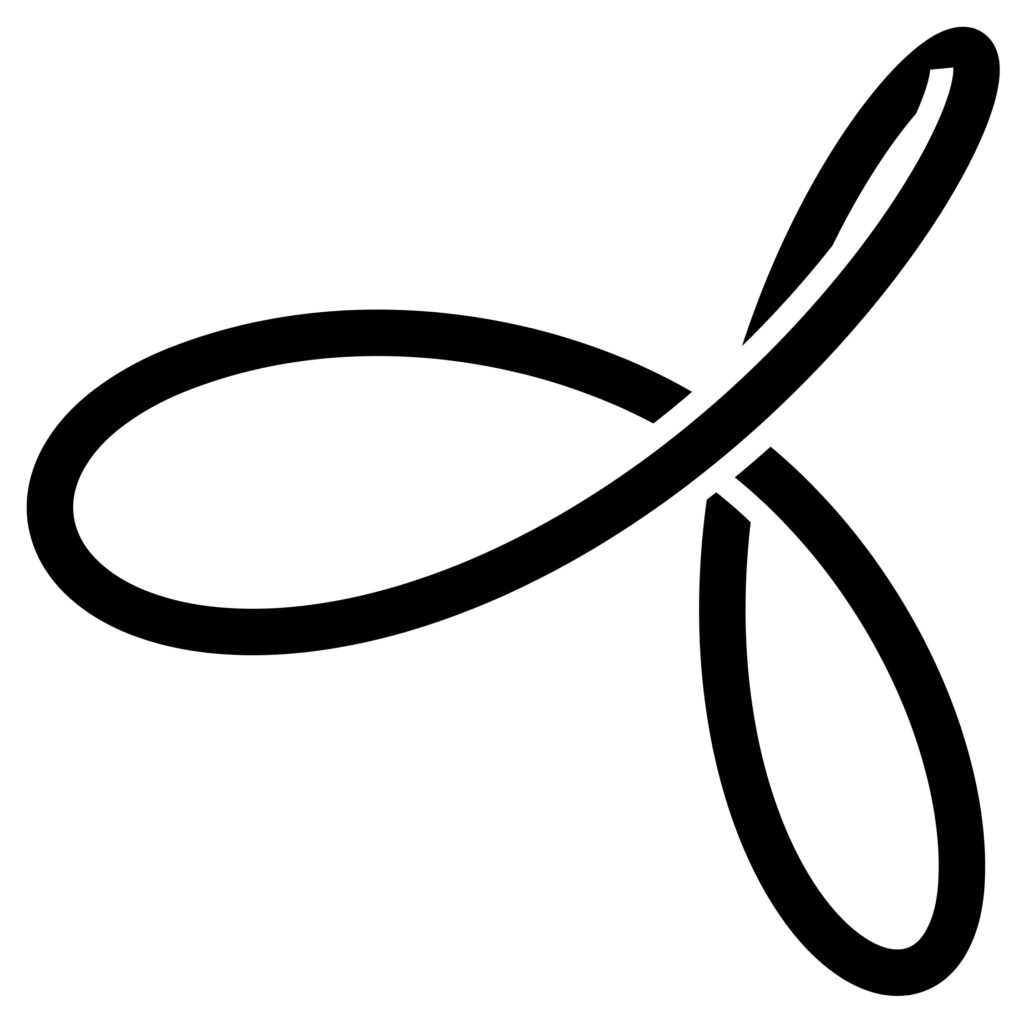
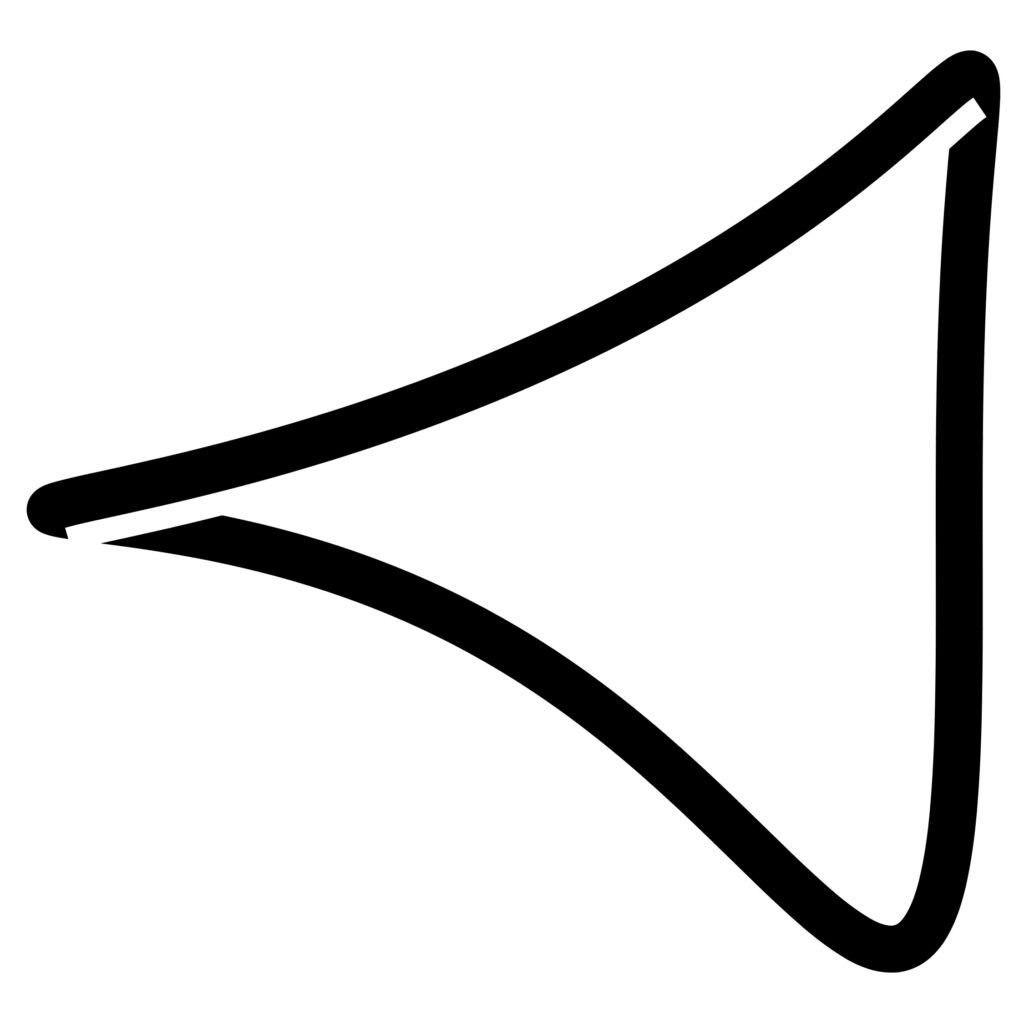
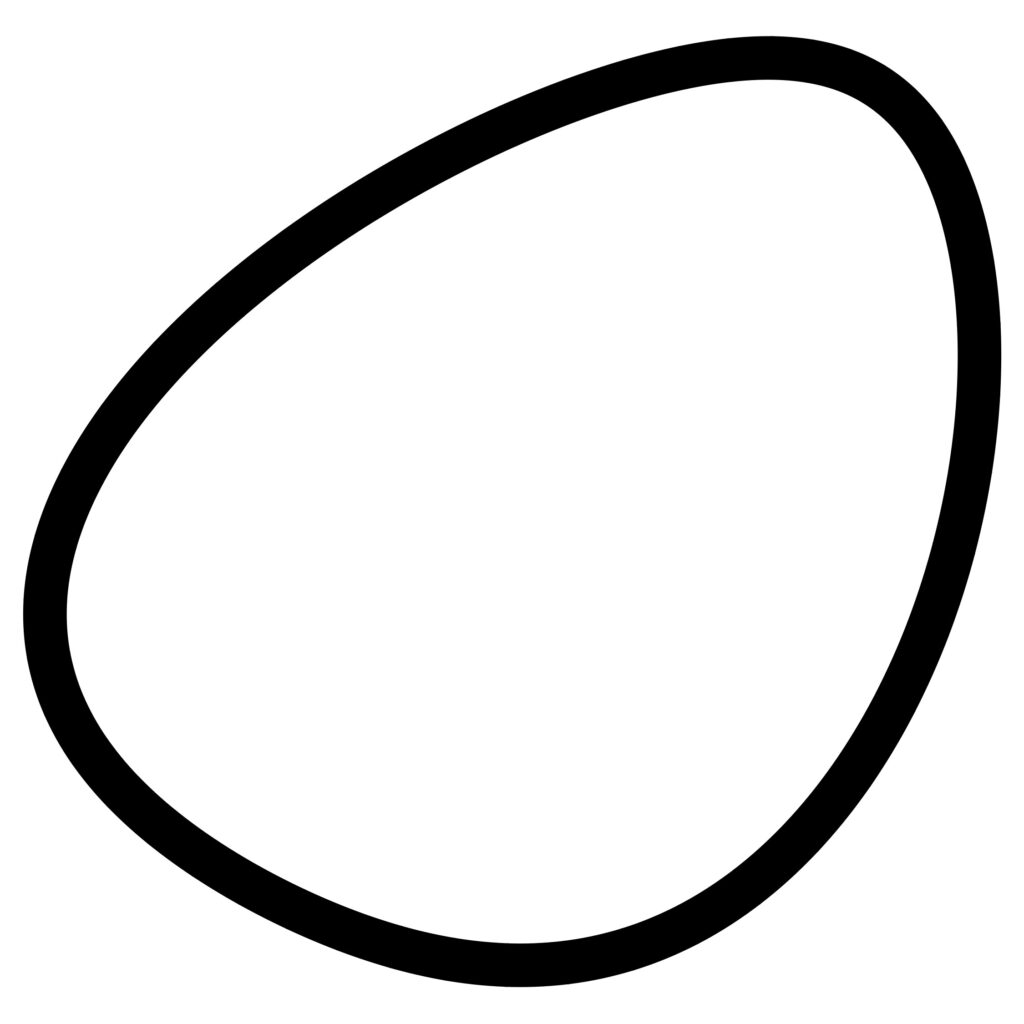
Yet another sort of diagram change replaces a crossing with an uncrossed connection. At any crossing, there are two ways to do this, meaning there are two choices for pairing the strands that come into the crossing. (If two cars driving through an intersection do not want their paths to cross, they can either both turn right or both turn left). The possibilities are illustrated below. A closer look at the first change is to the right of this text.
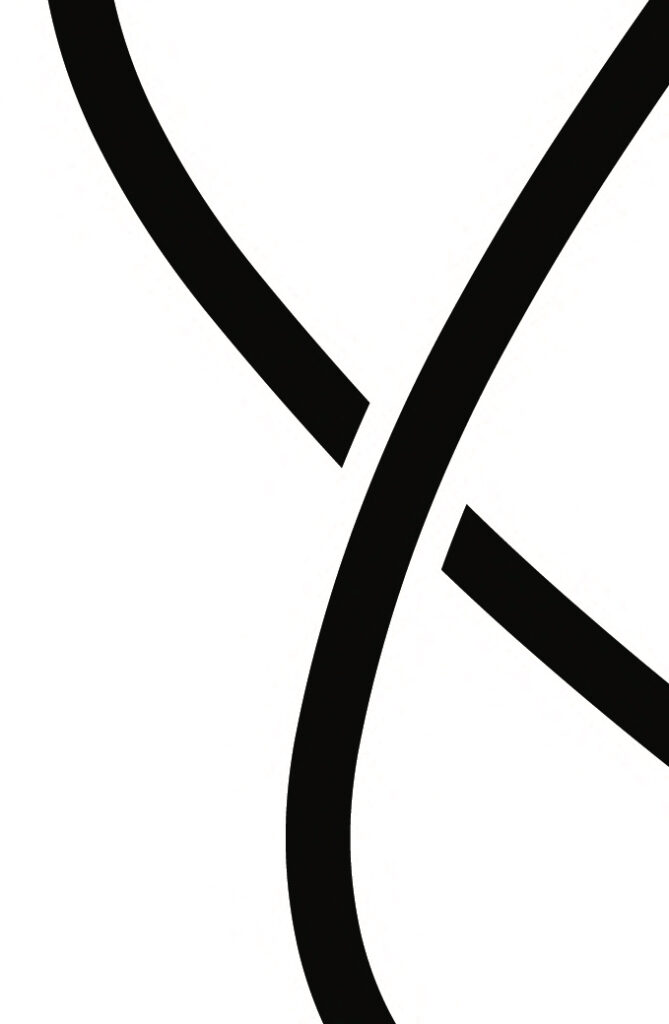
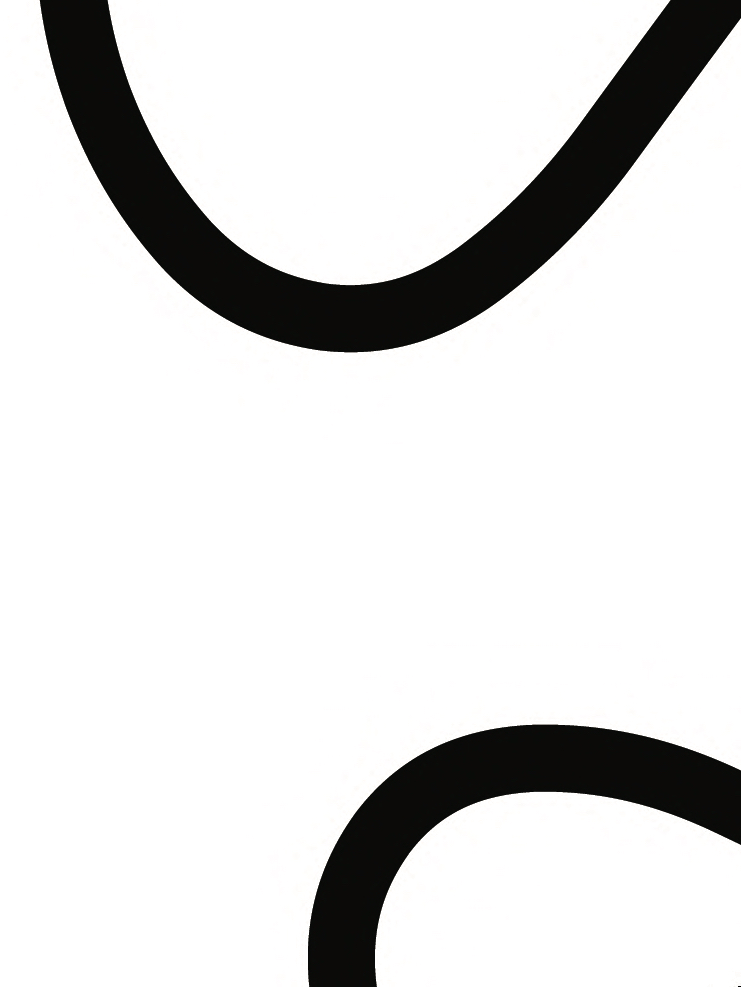

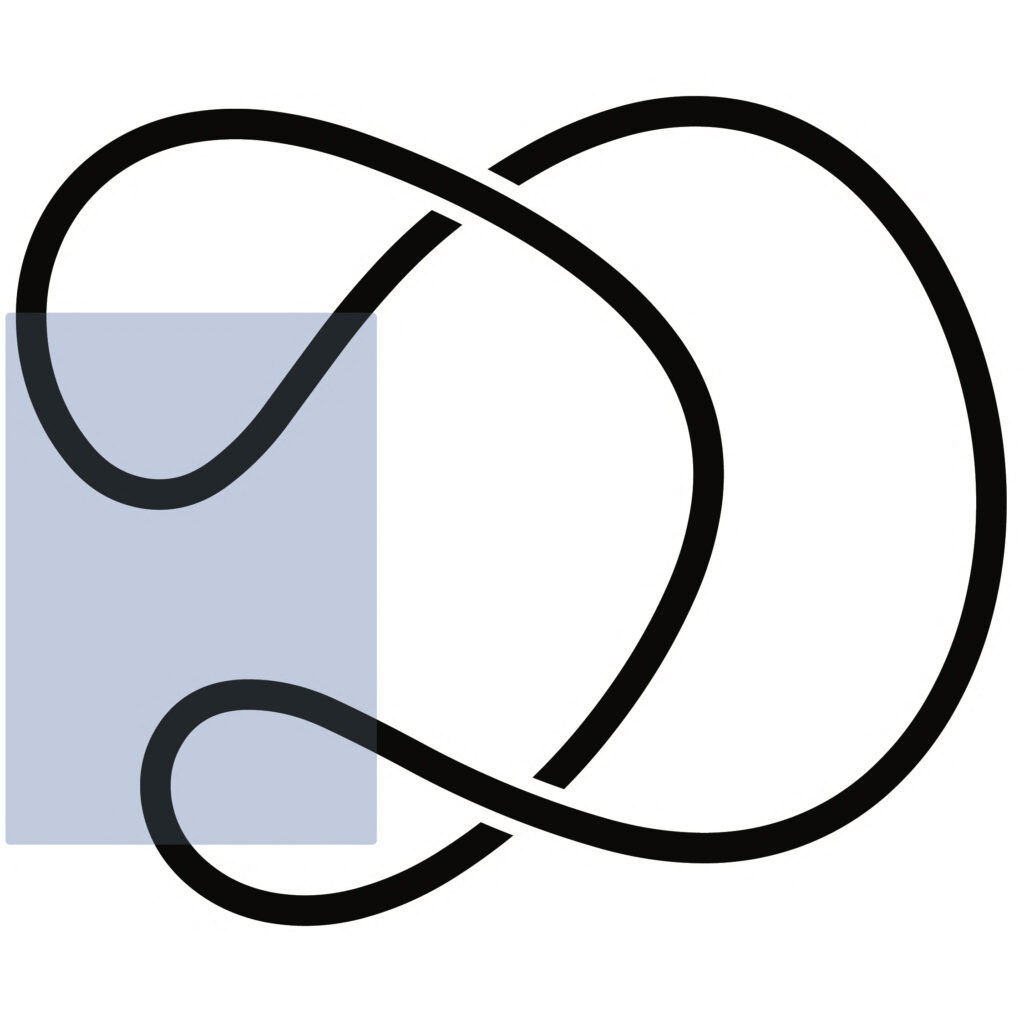
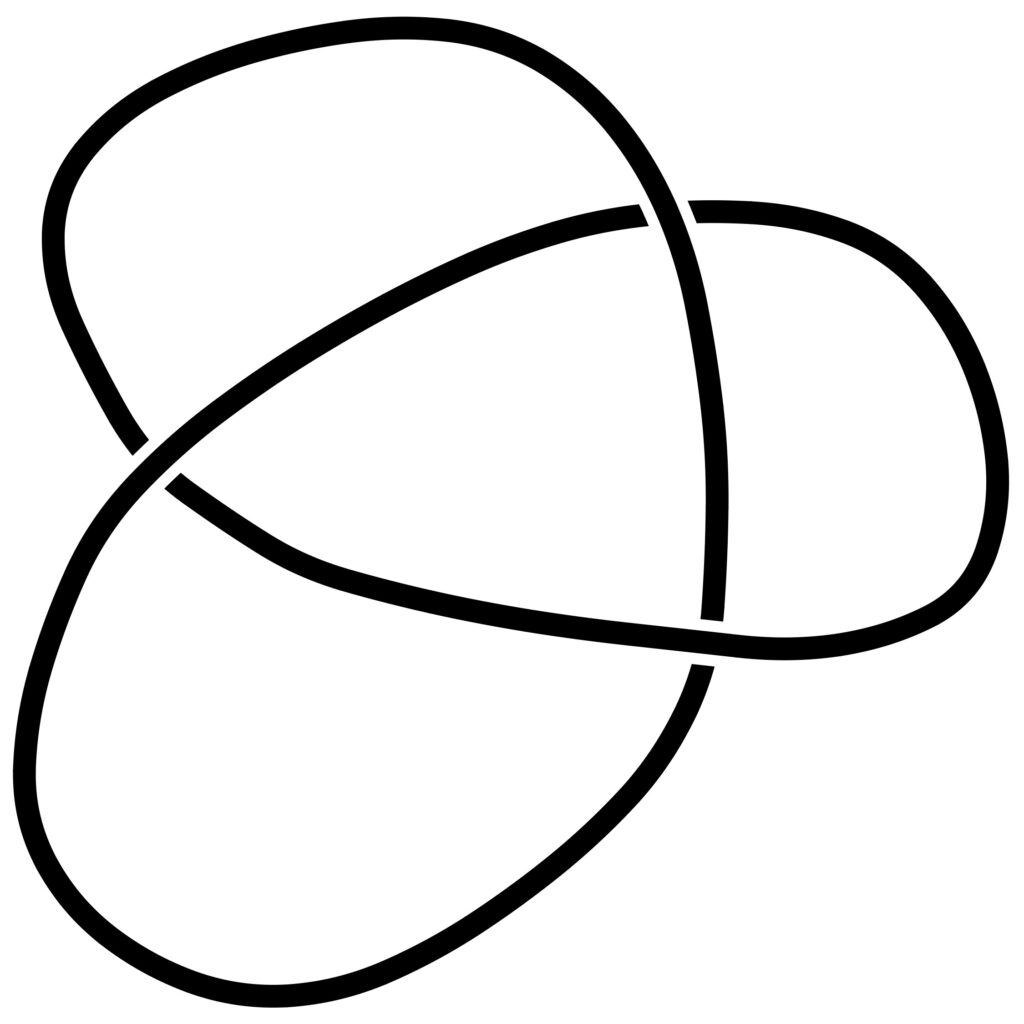
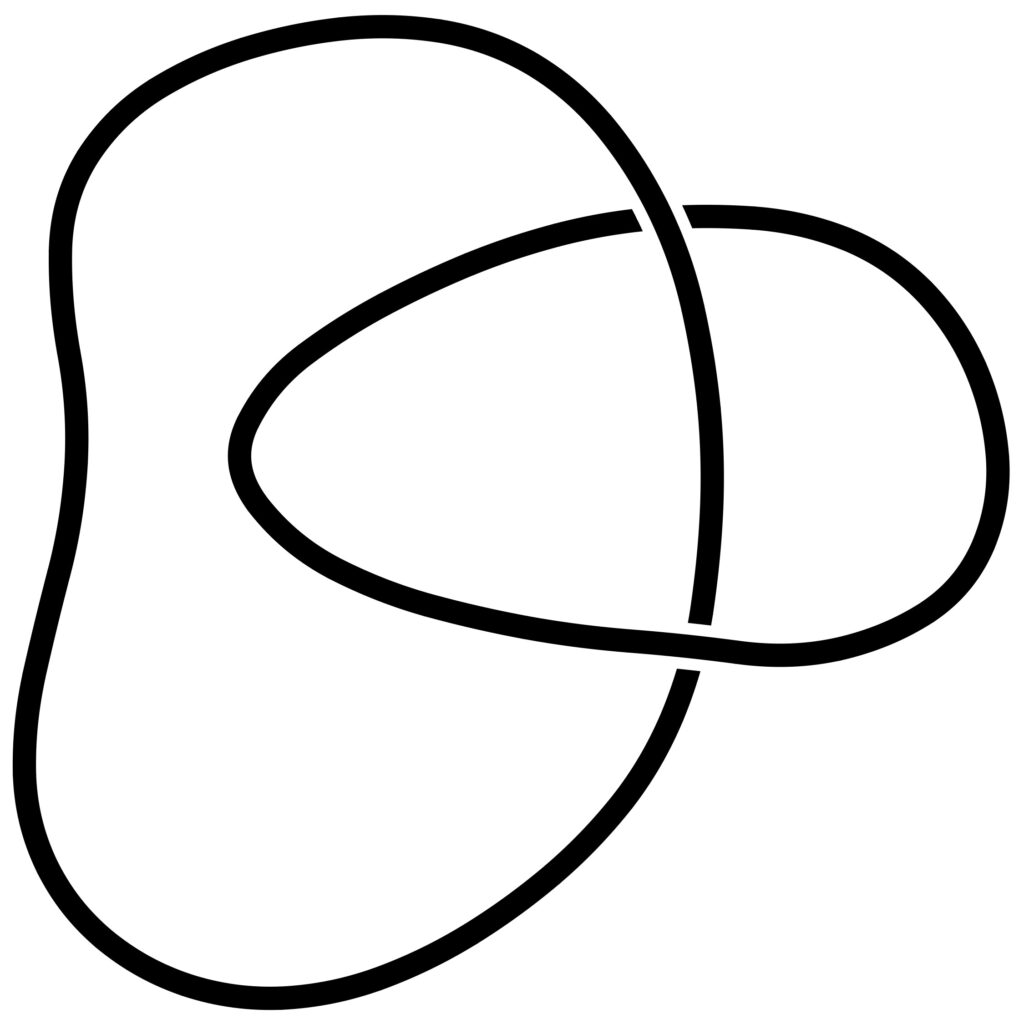
The first change, given by the first and second frames, gives the unknot, as illustrated below.
The second possibility results in the simple link.

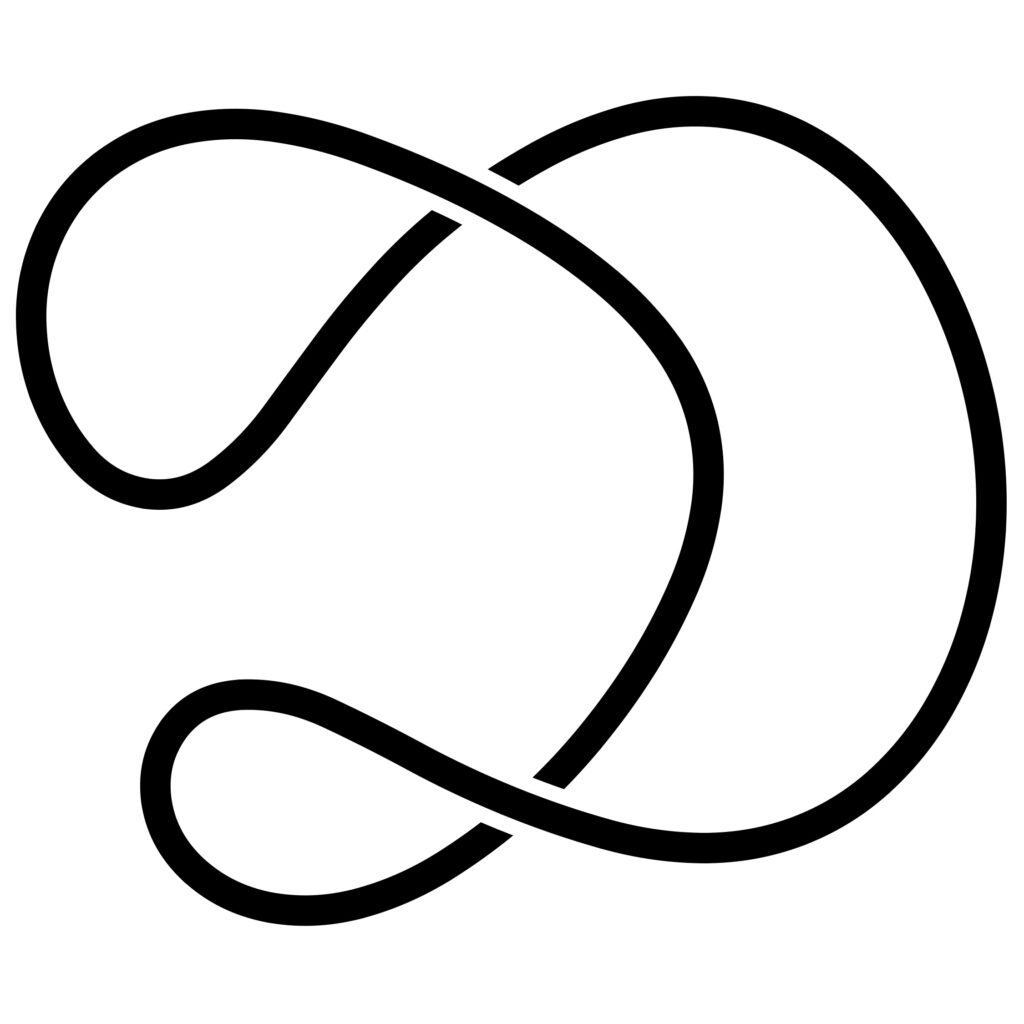
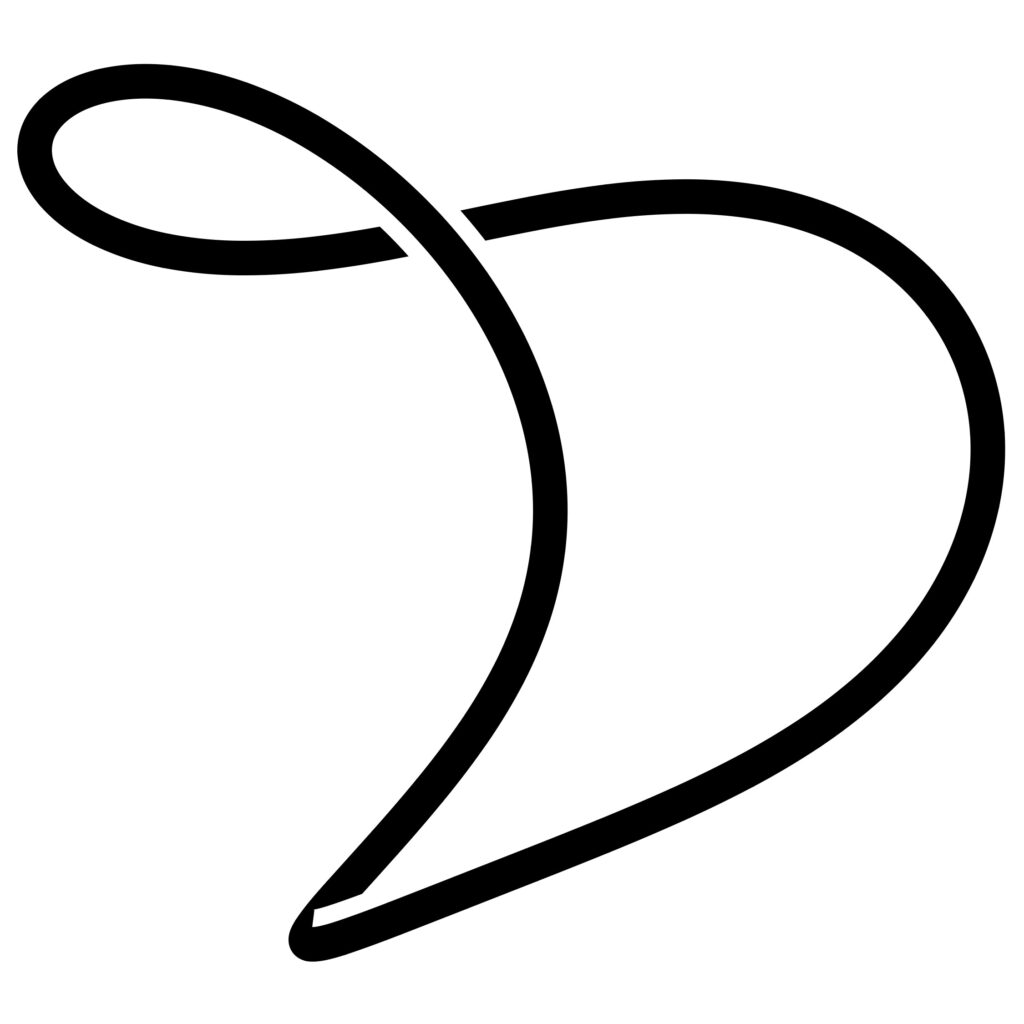
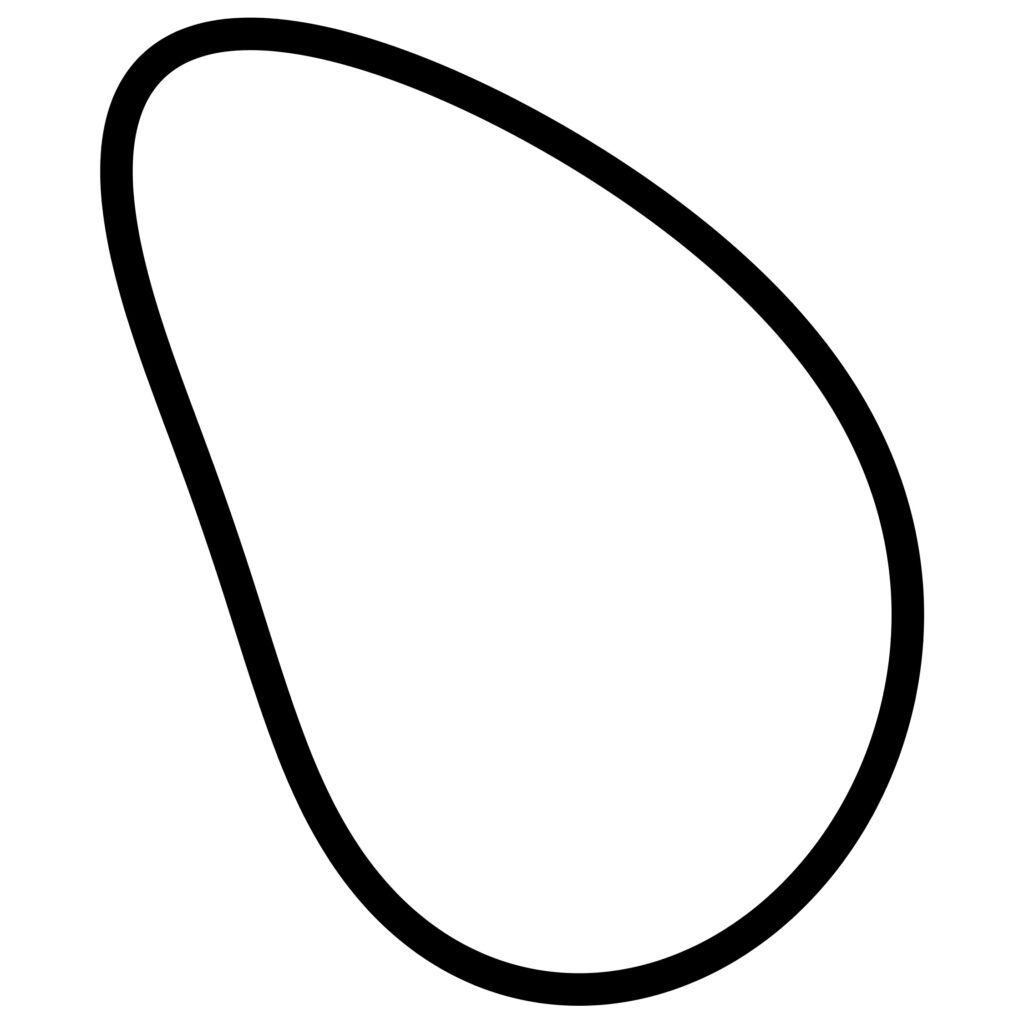
Here we replaced all three crossings with uncrossed connections in two different ways, giving different results.
